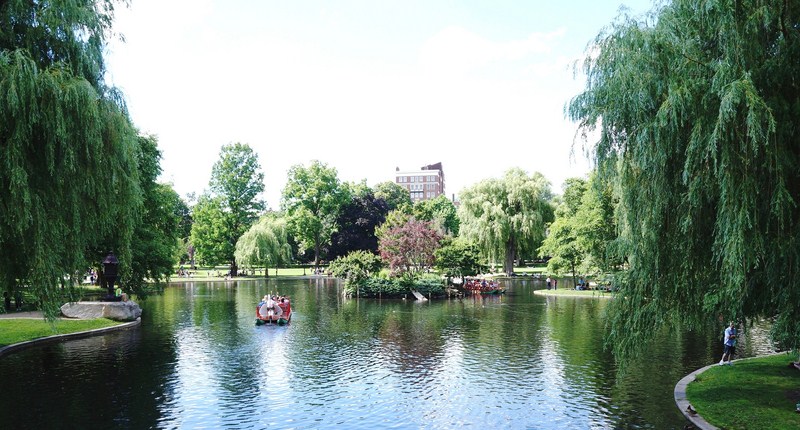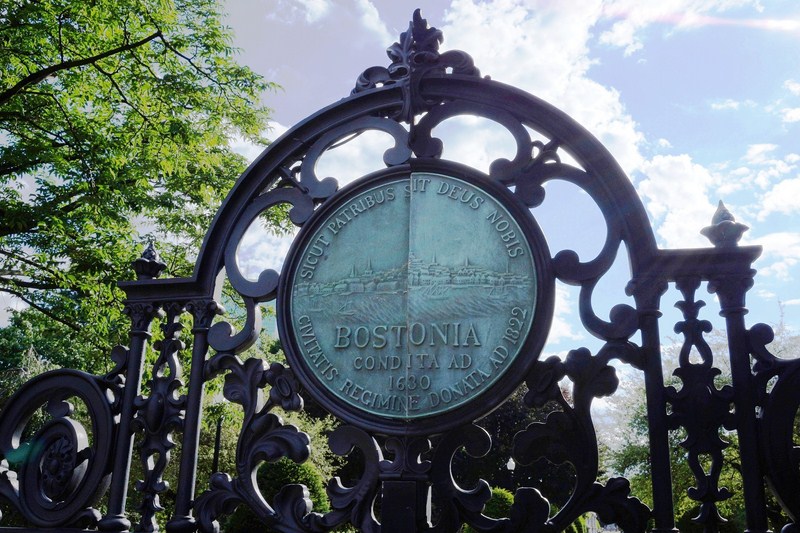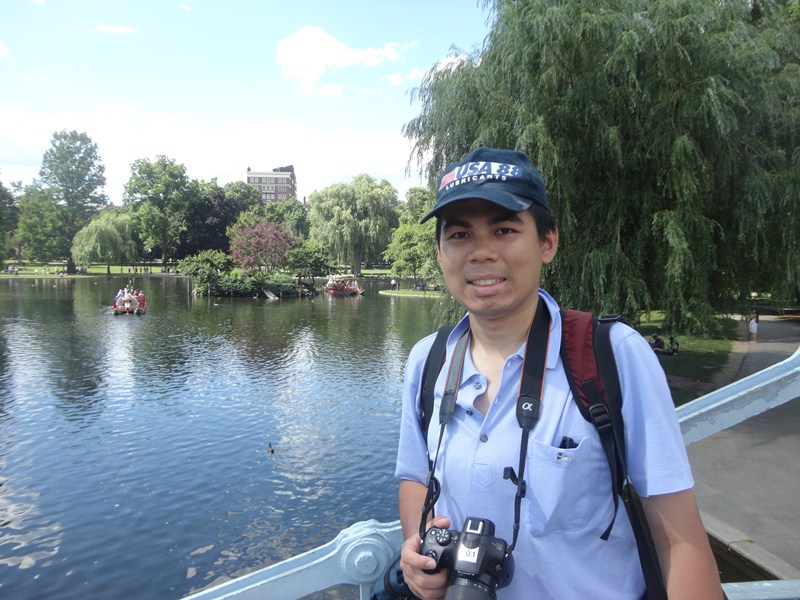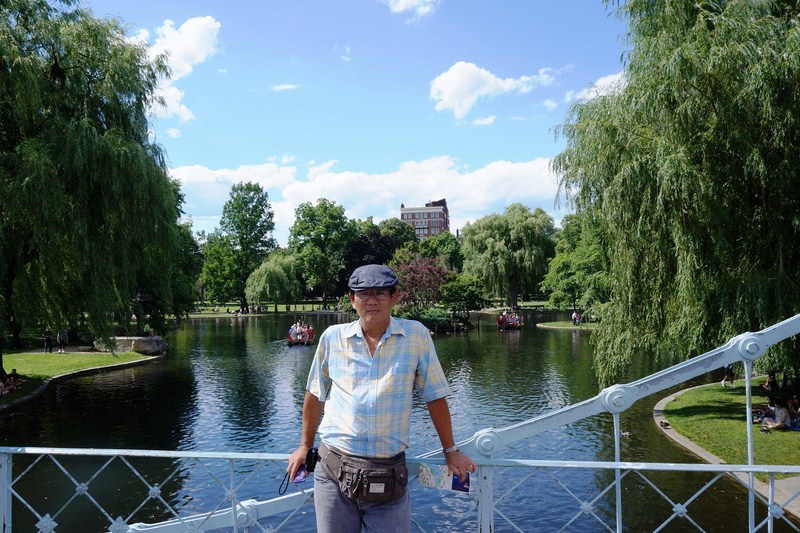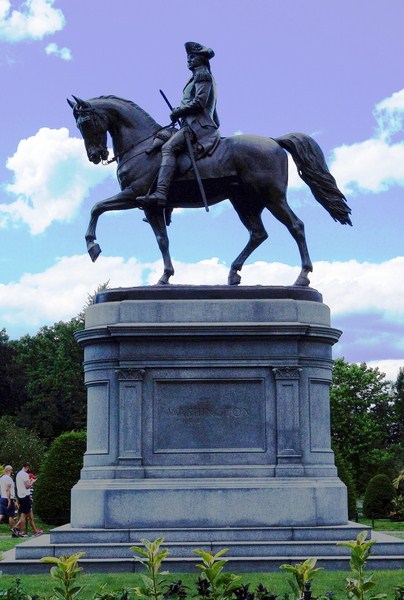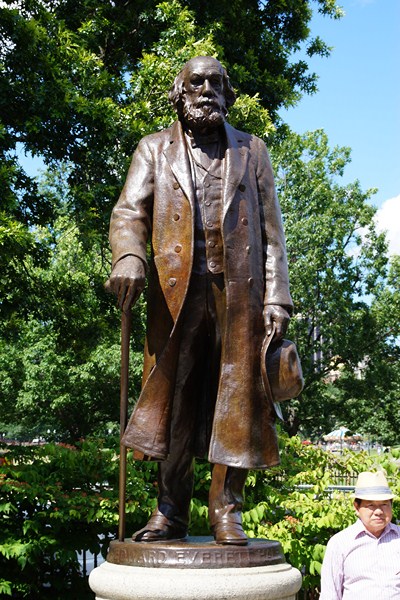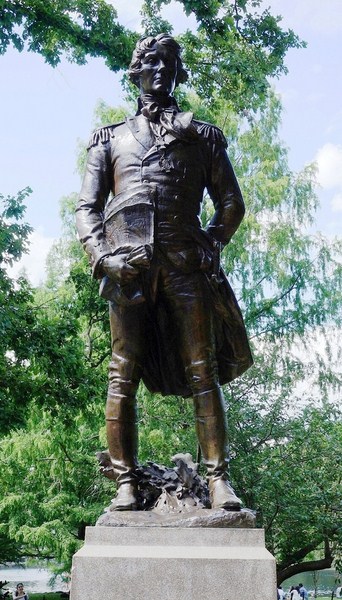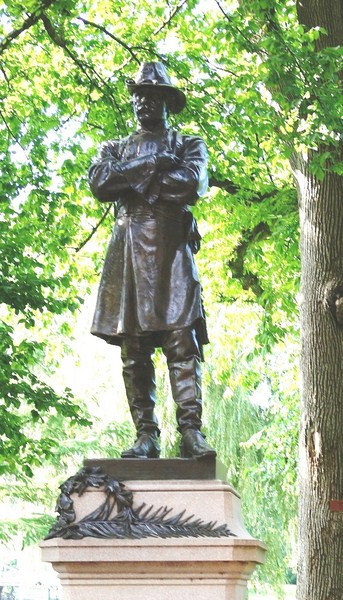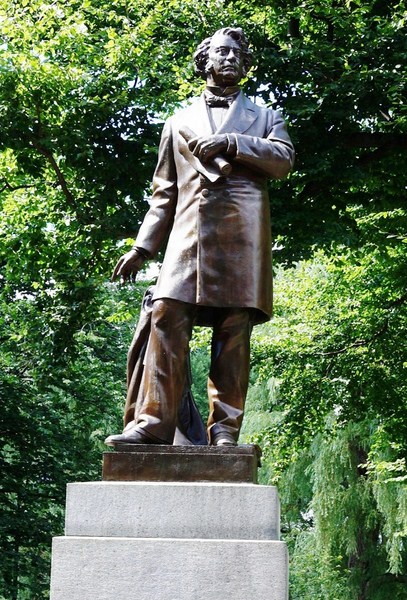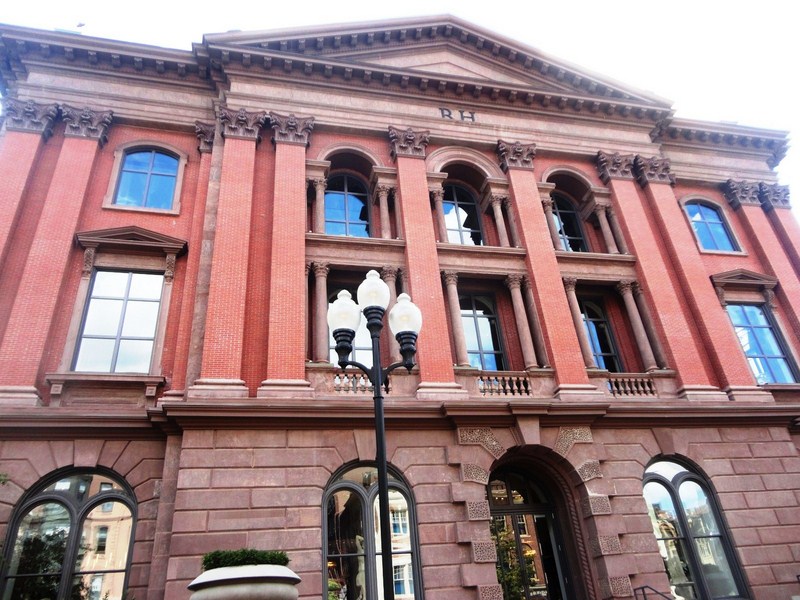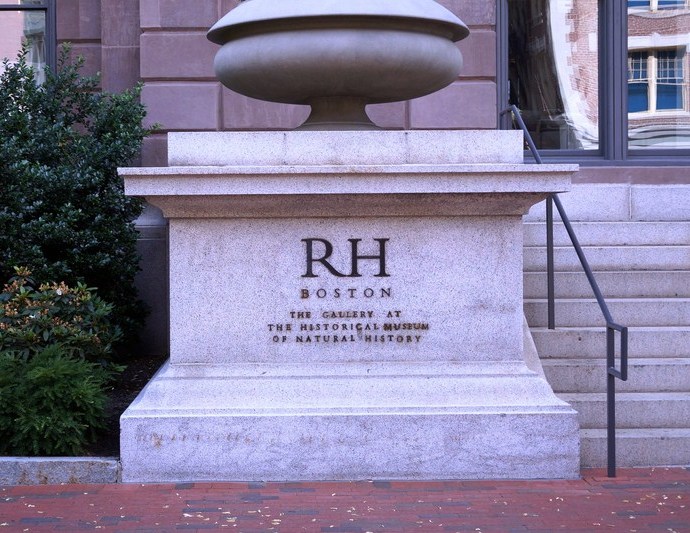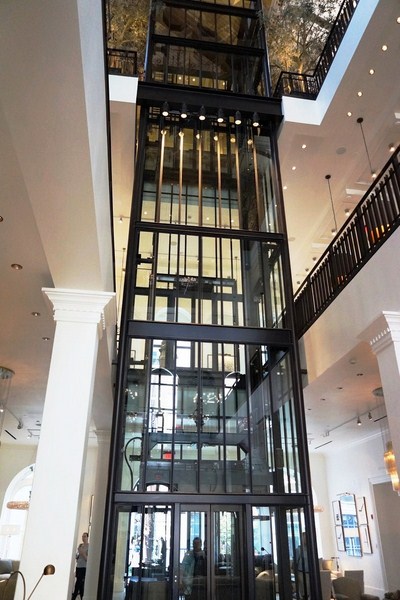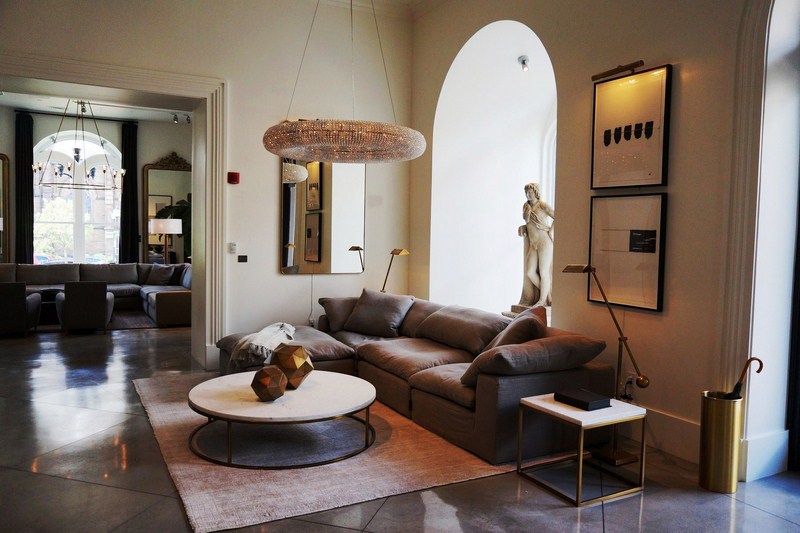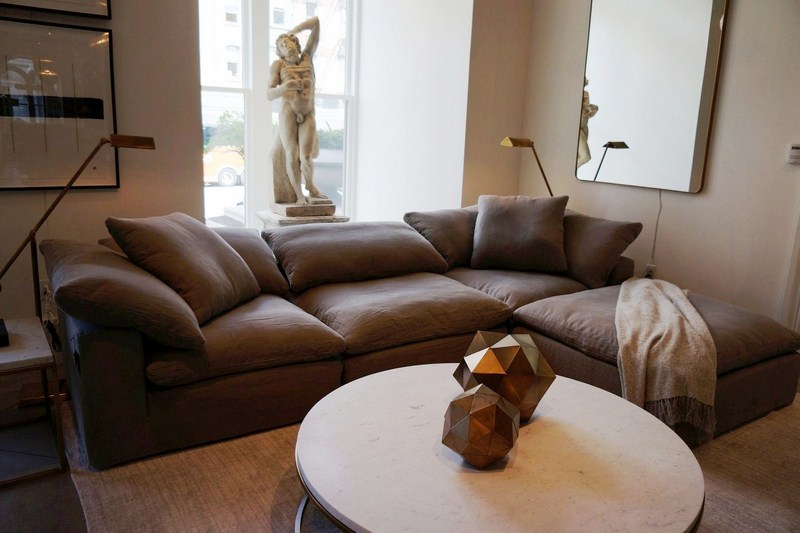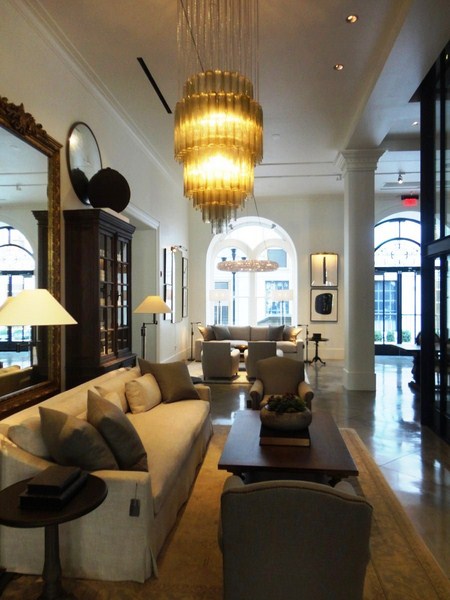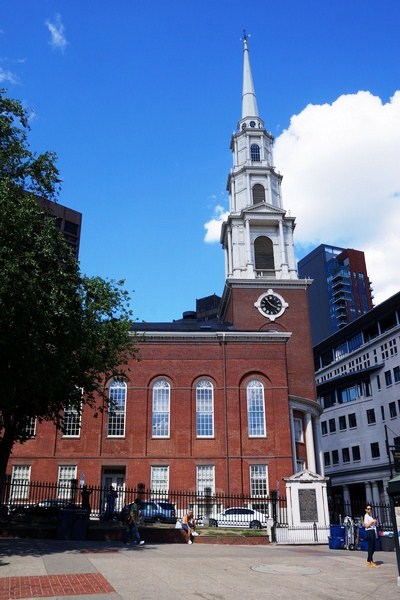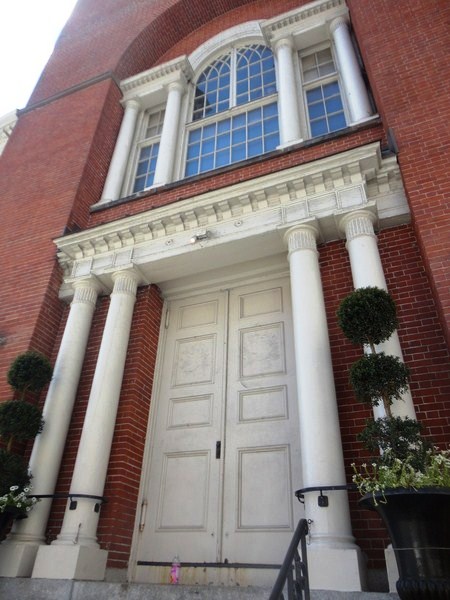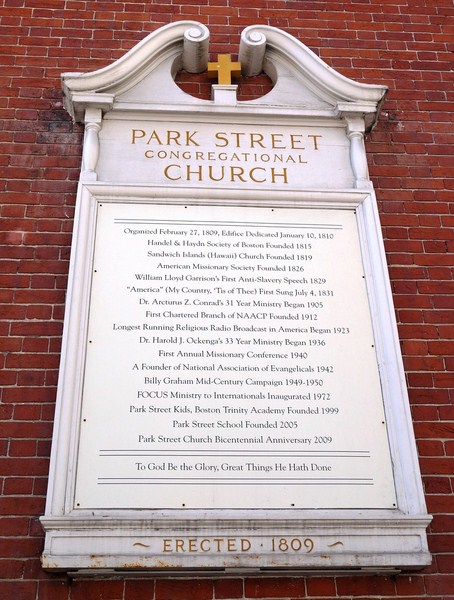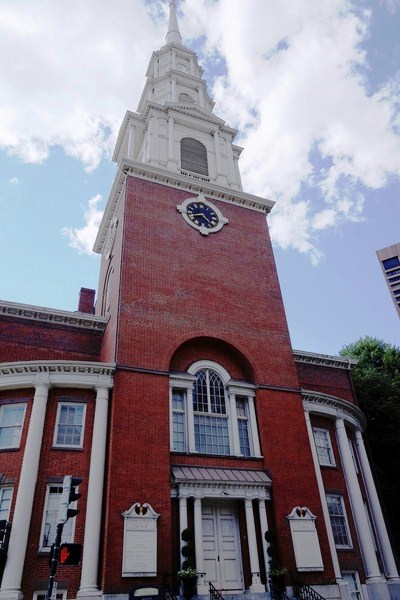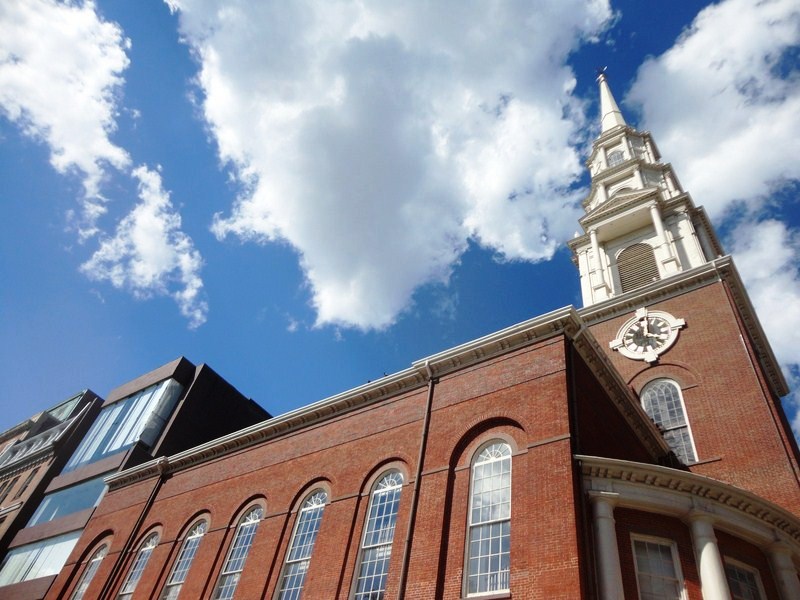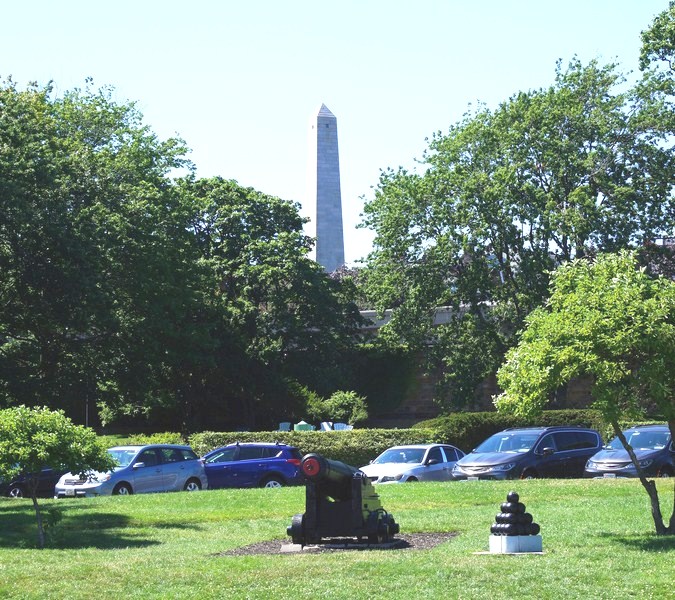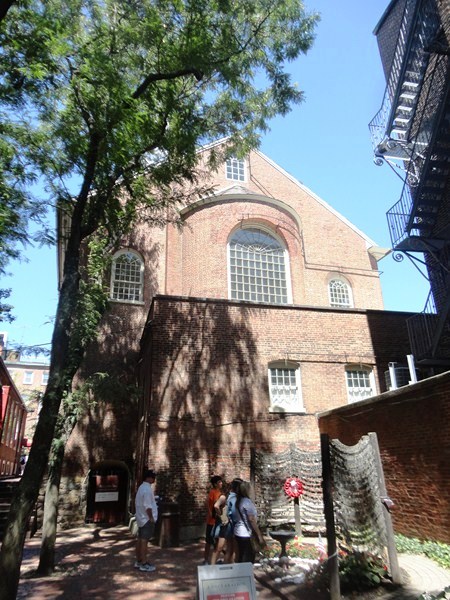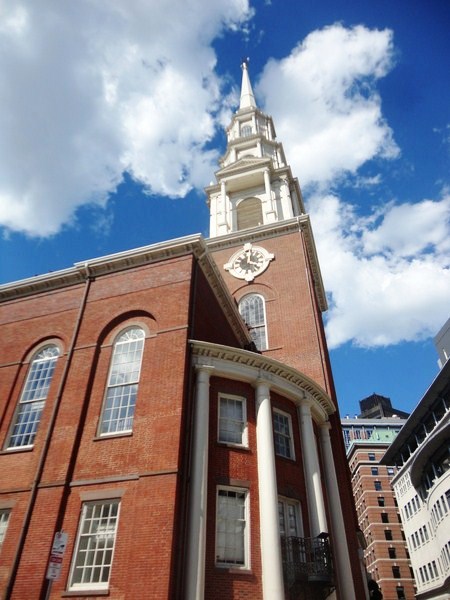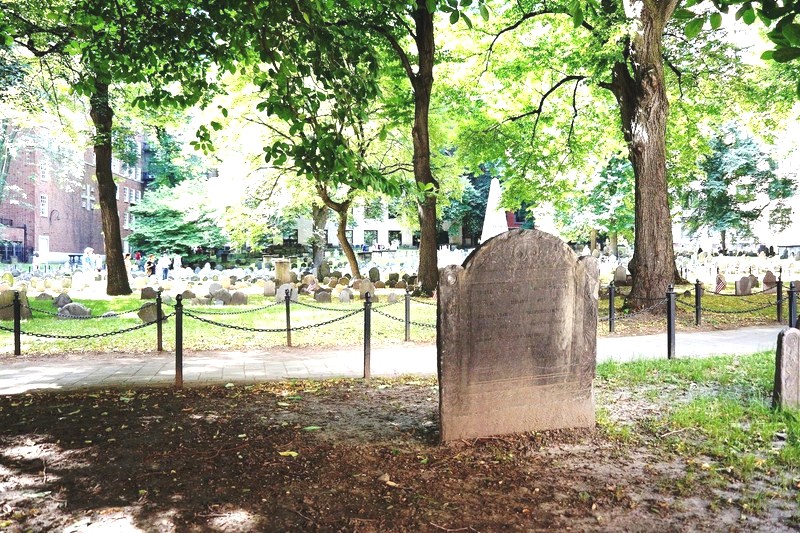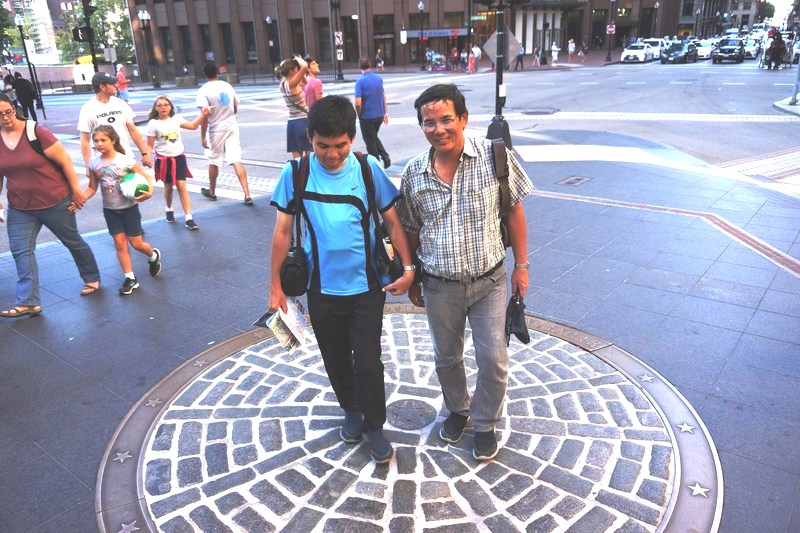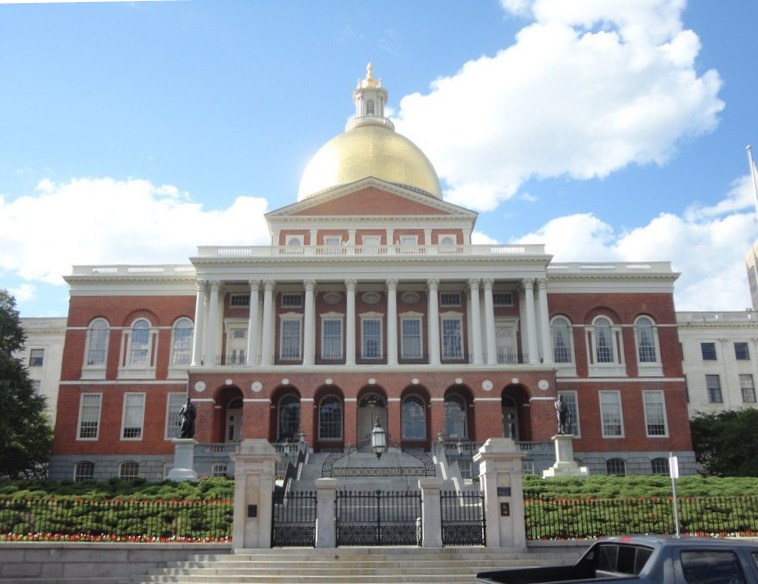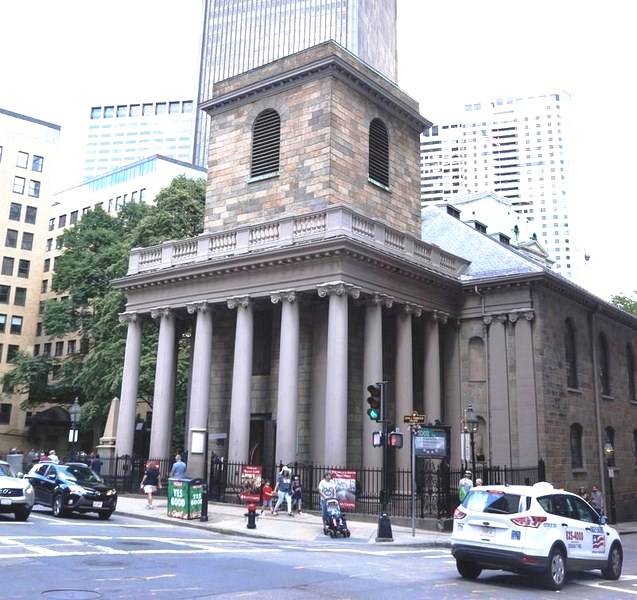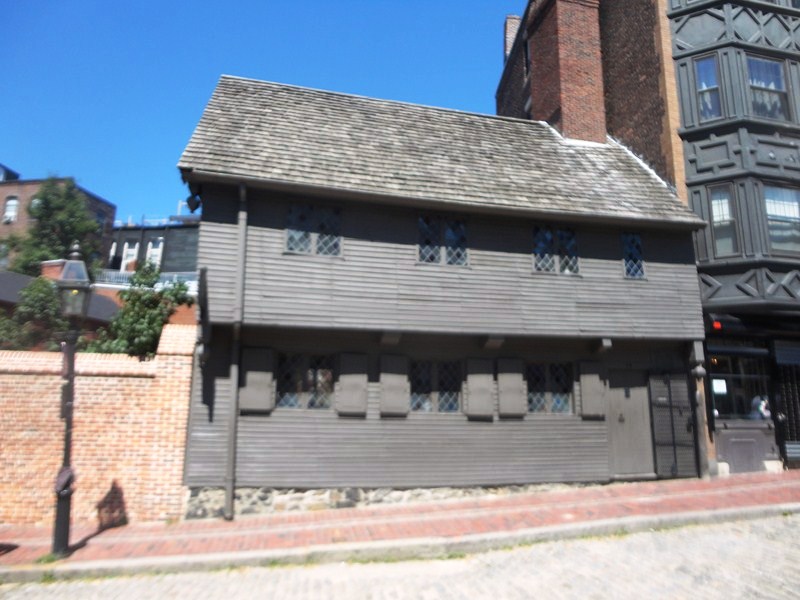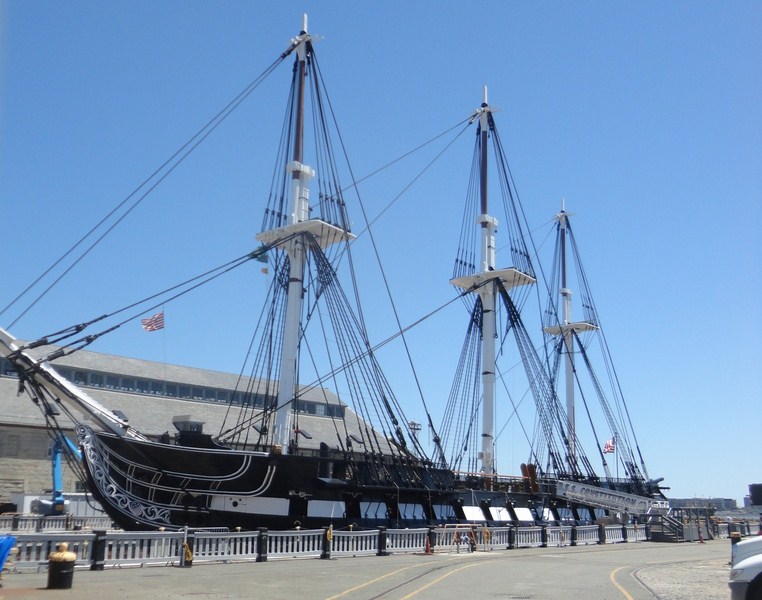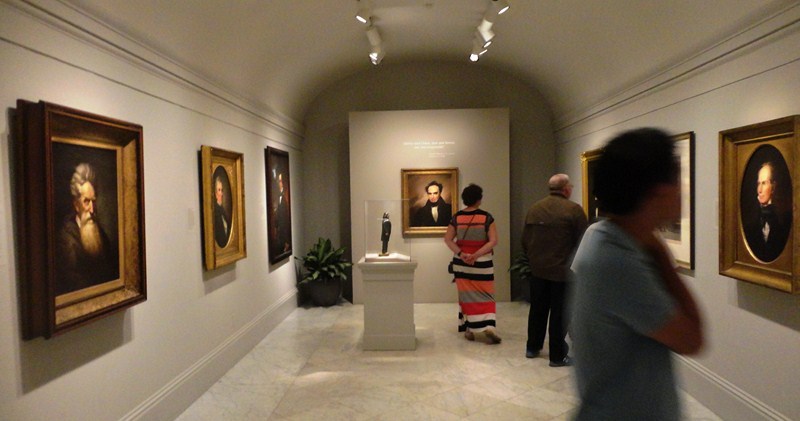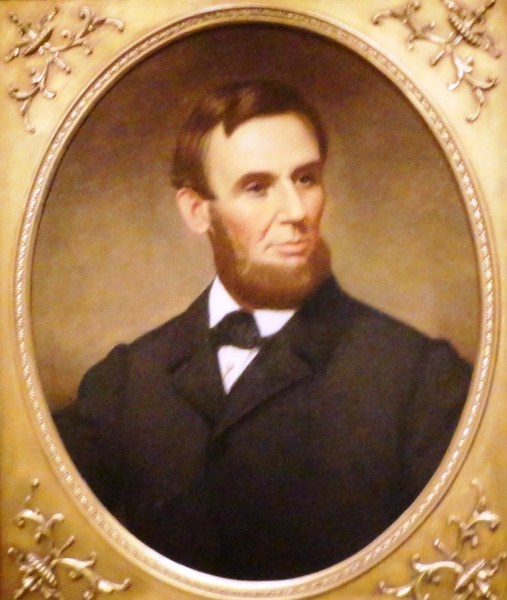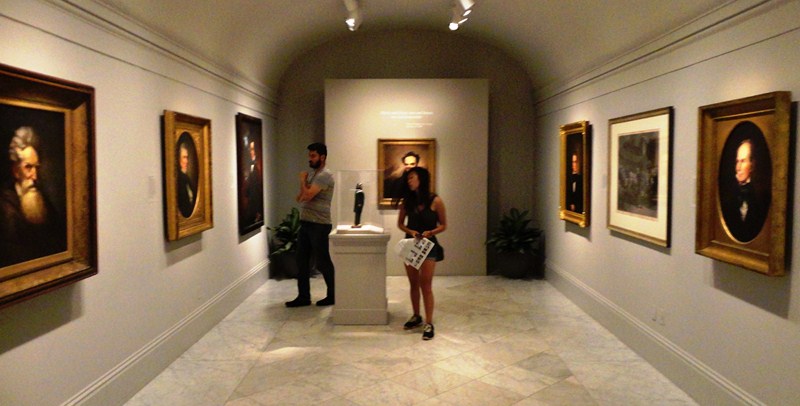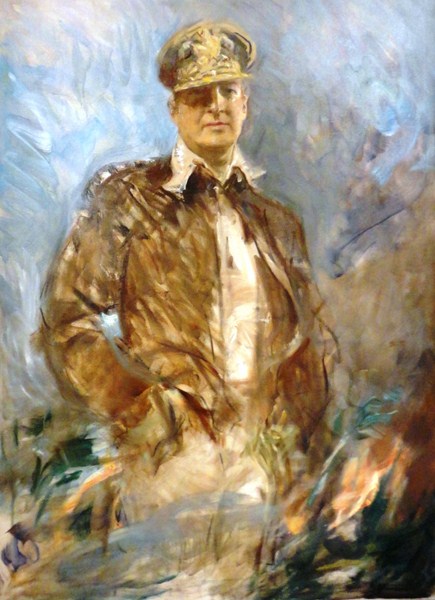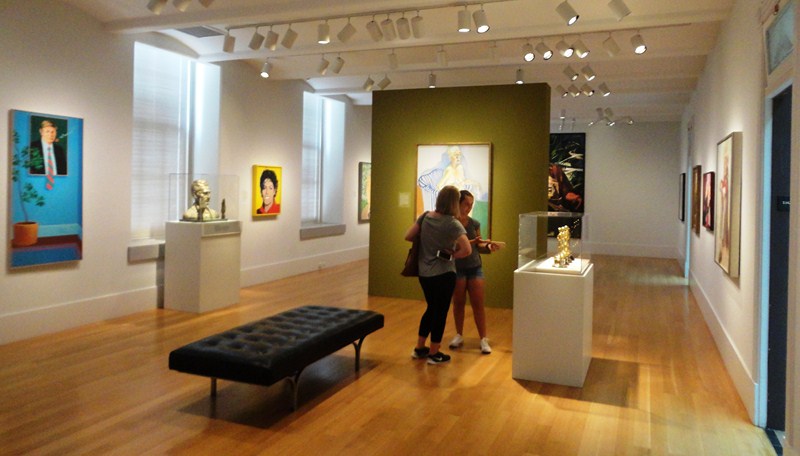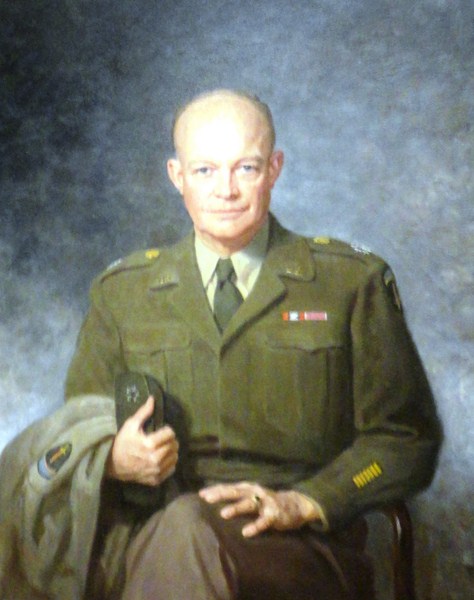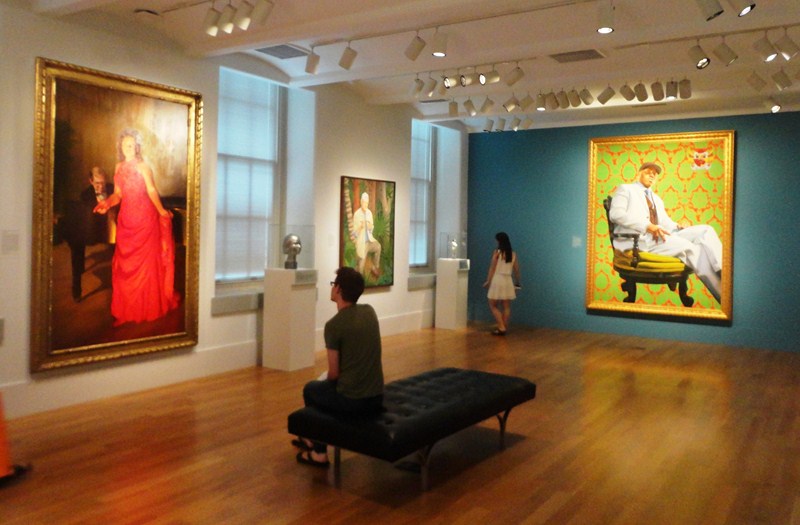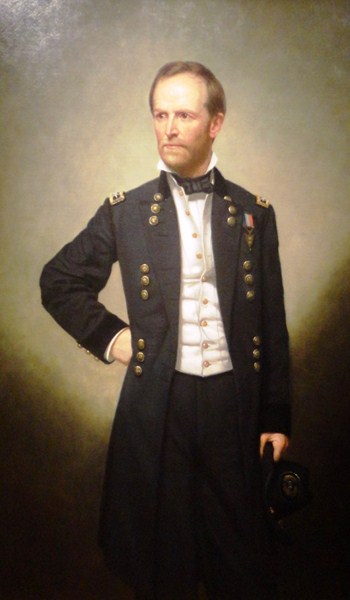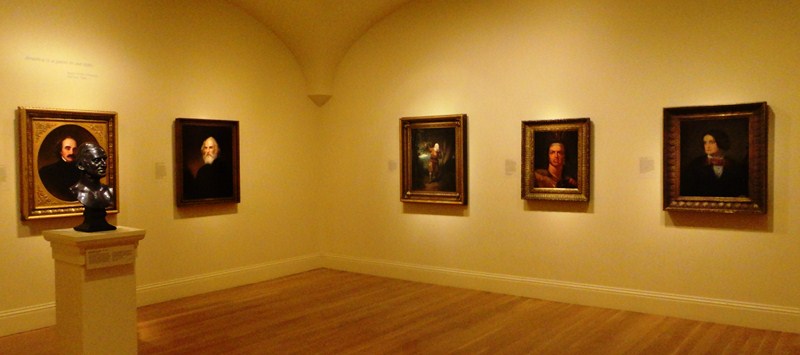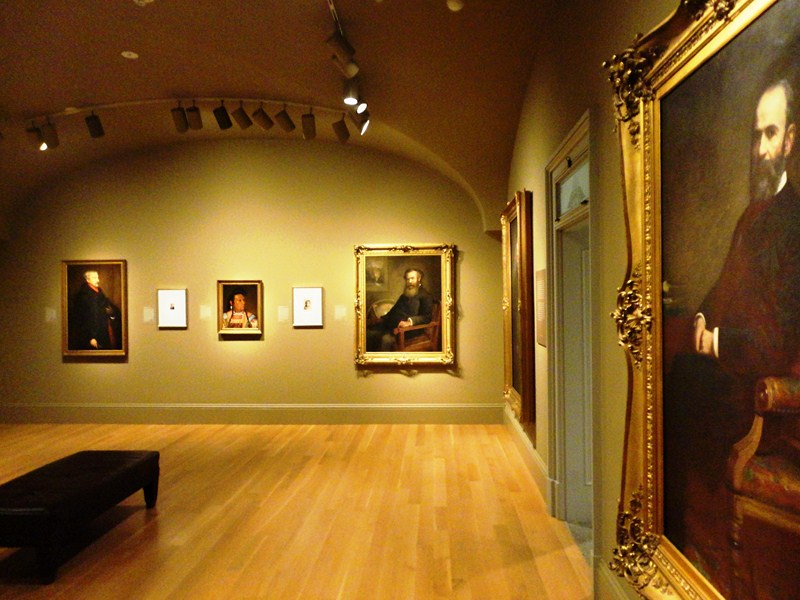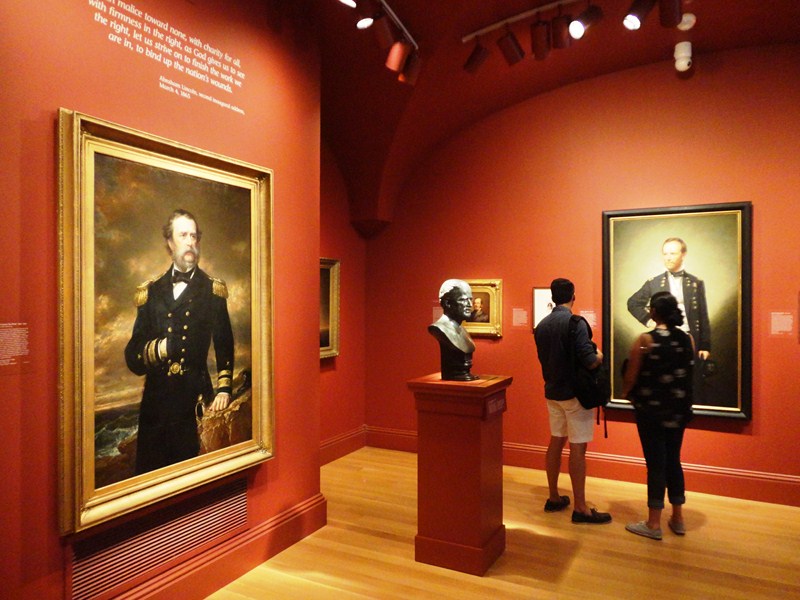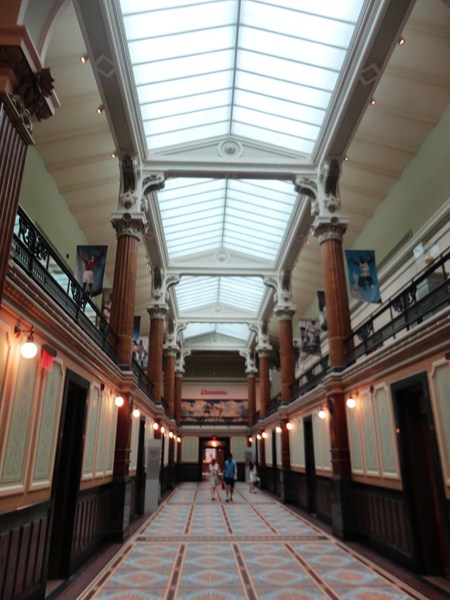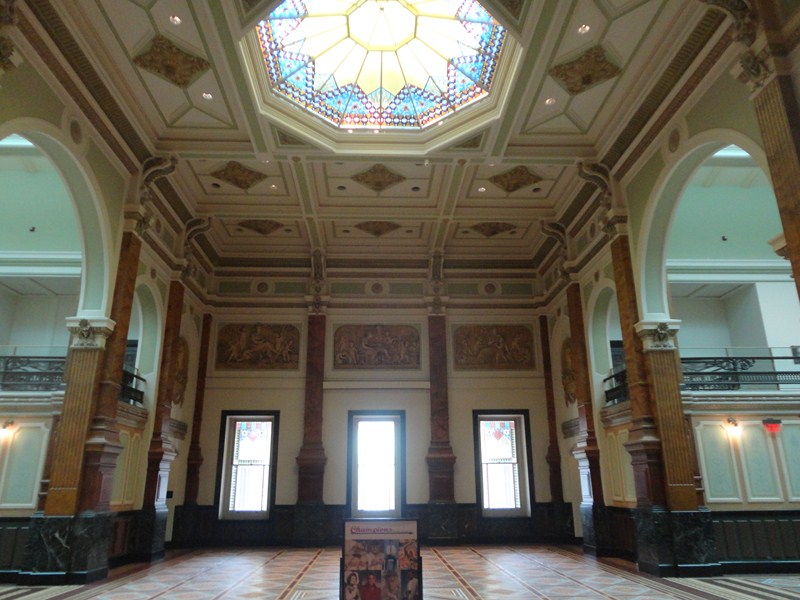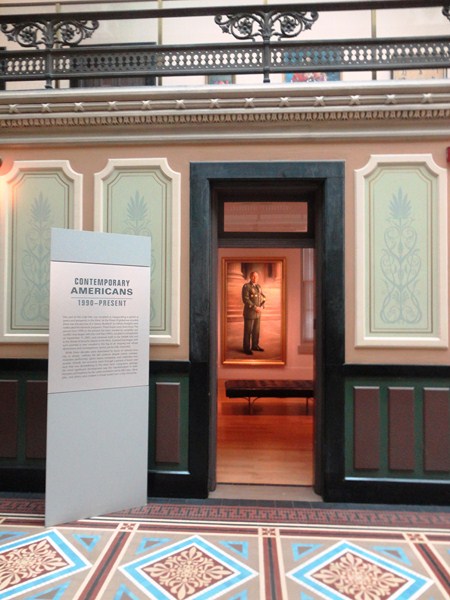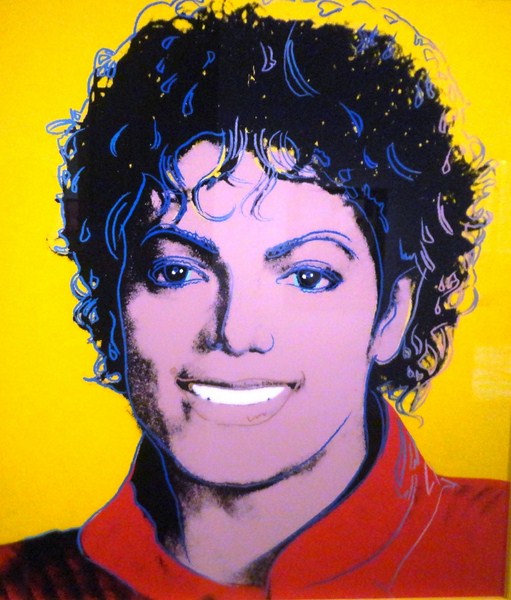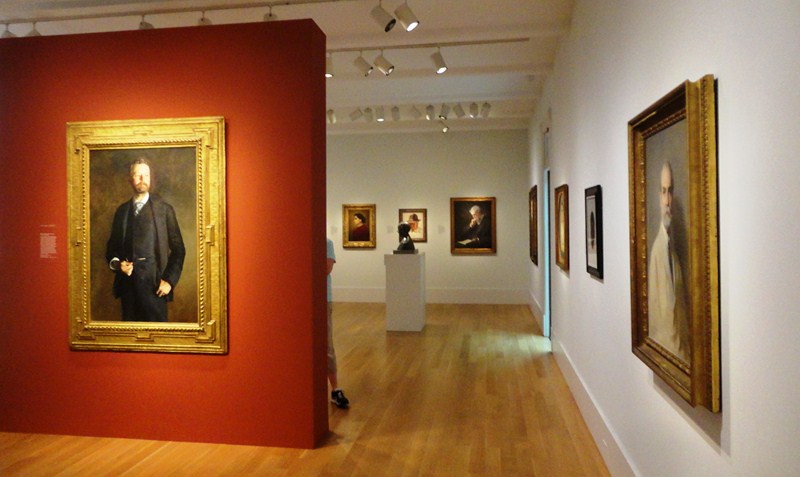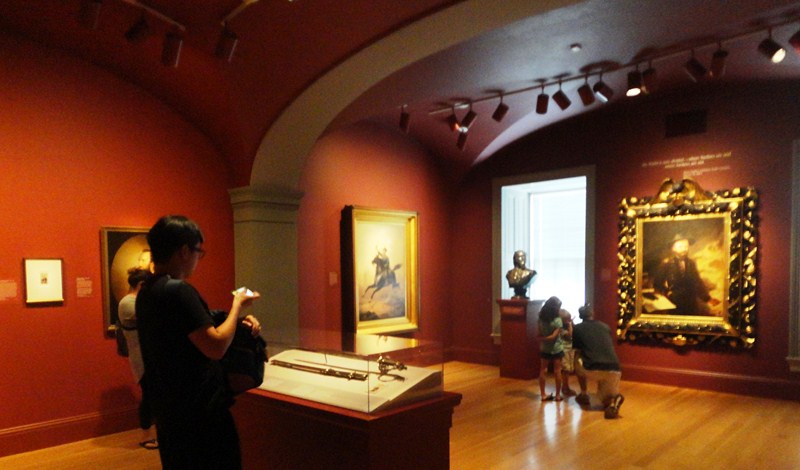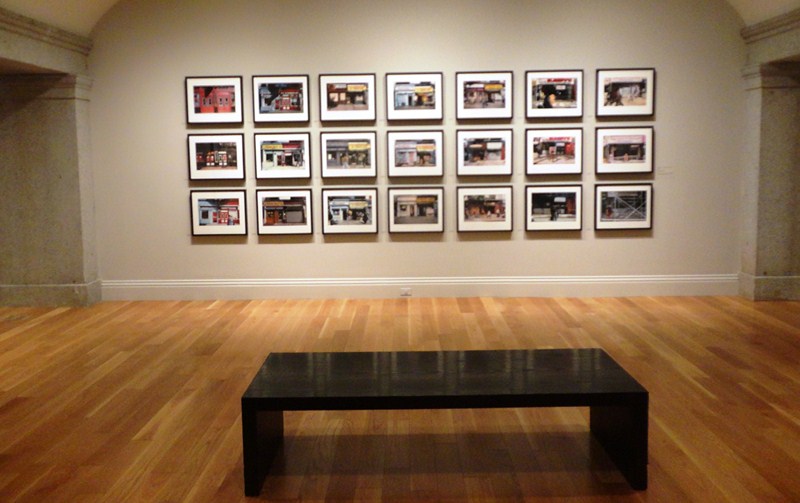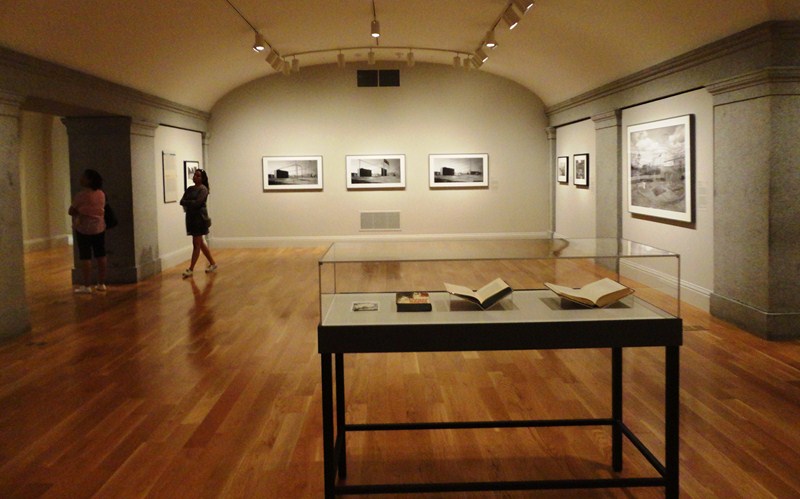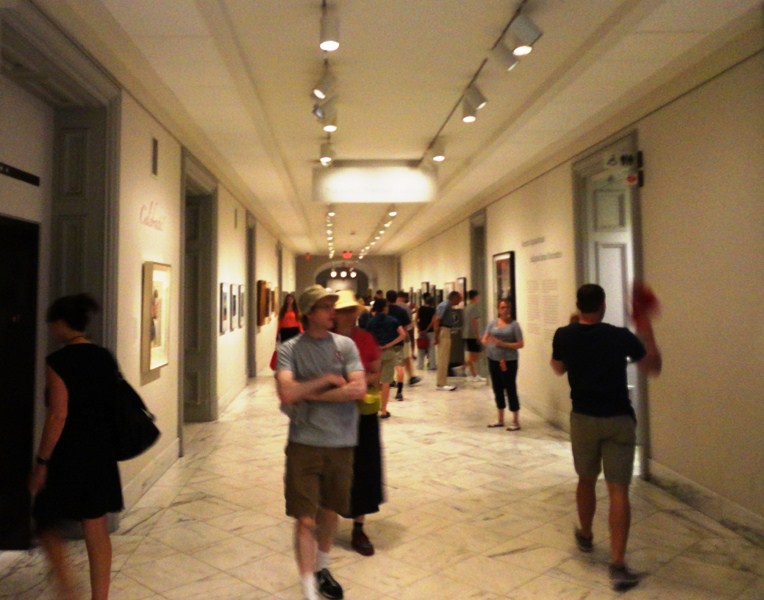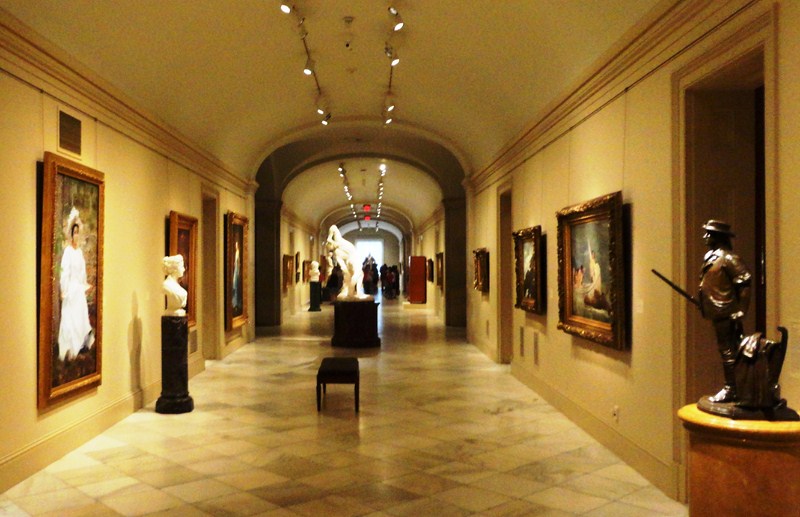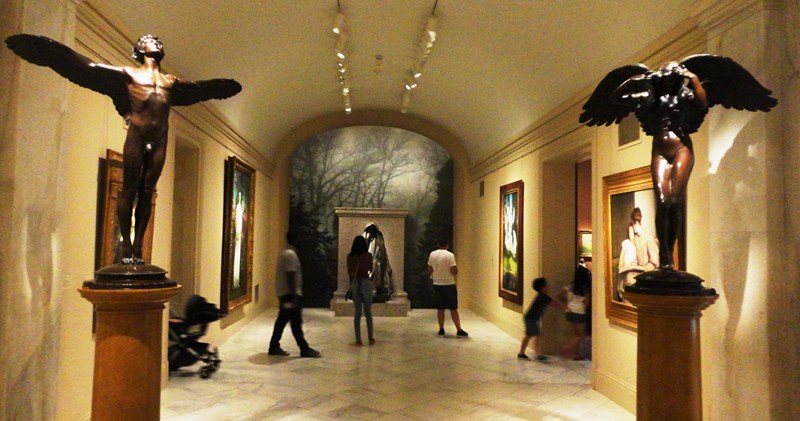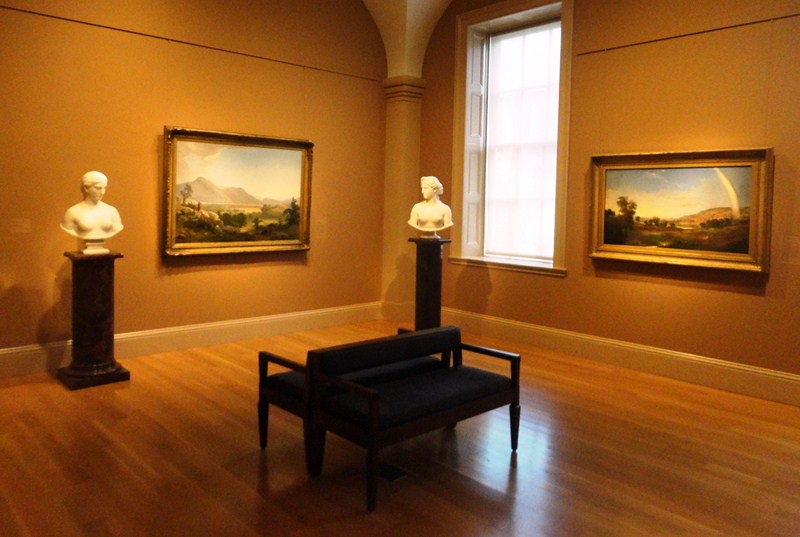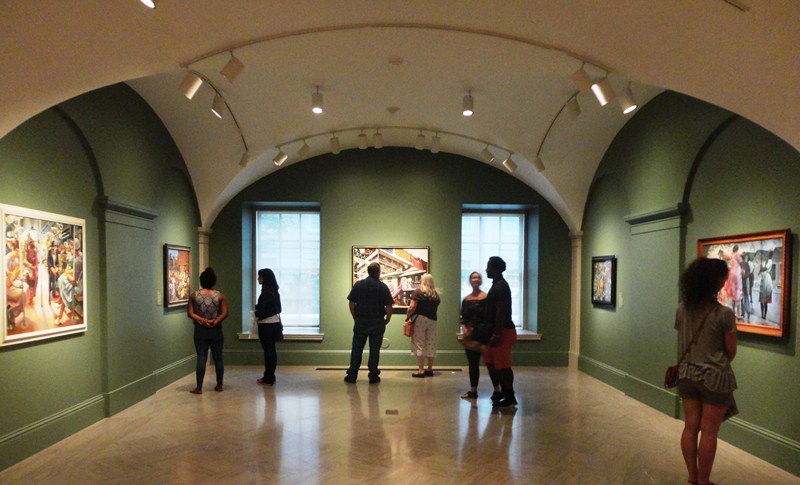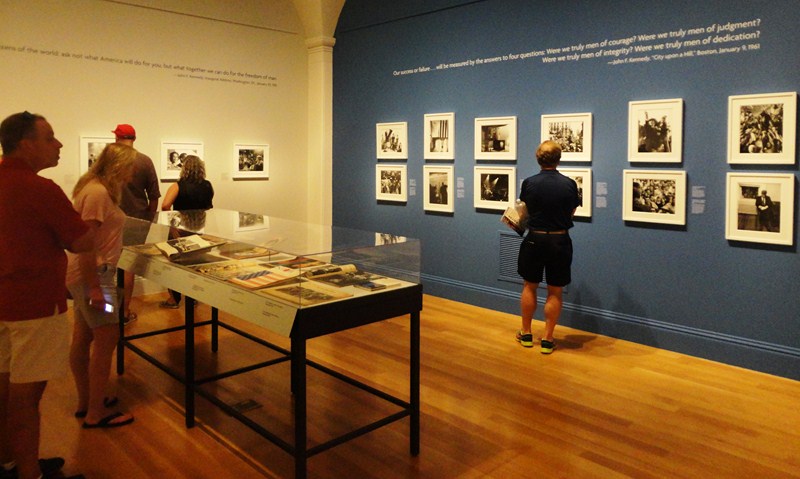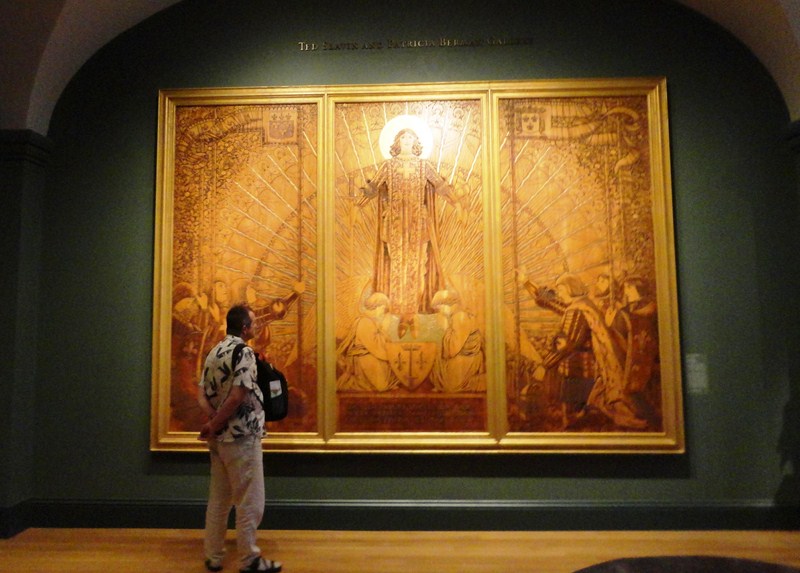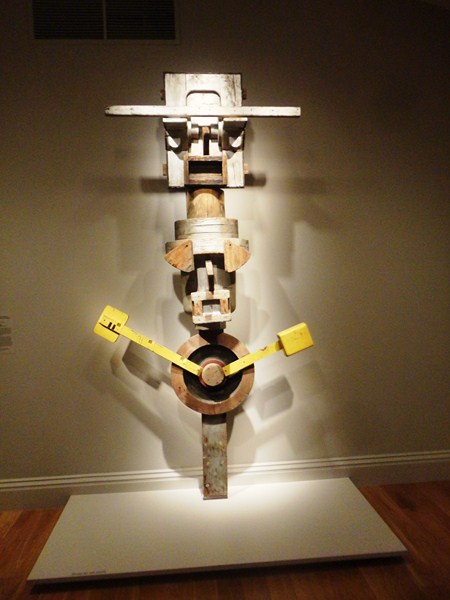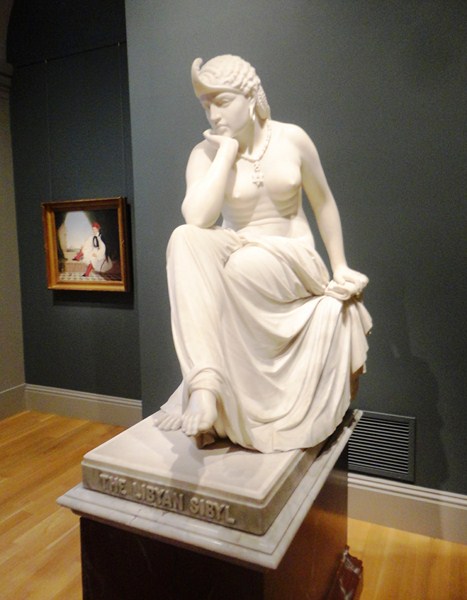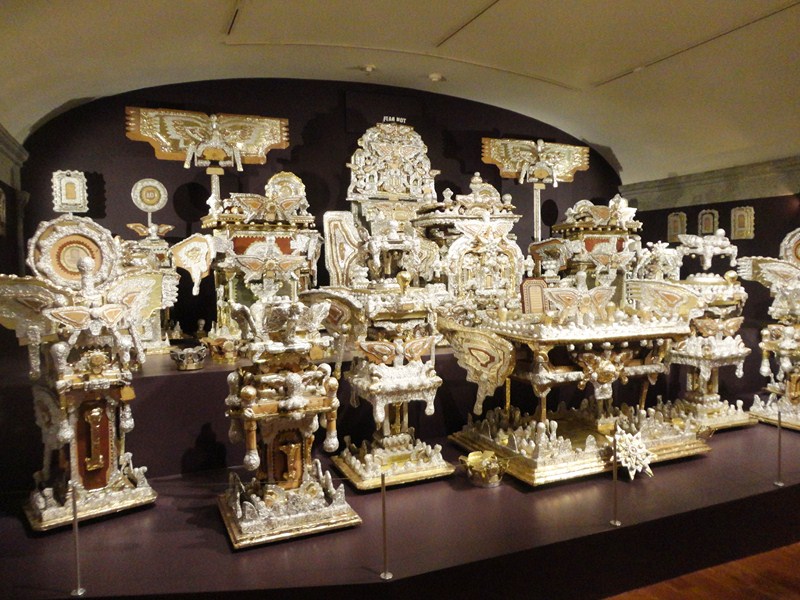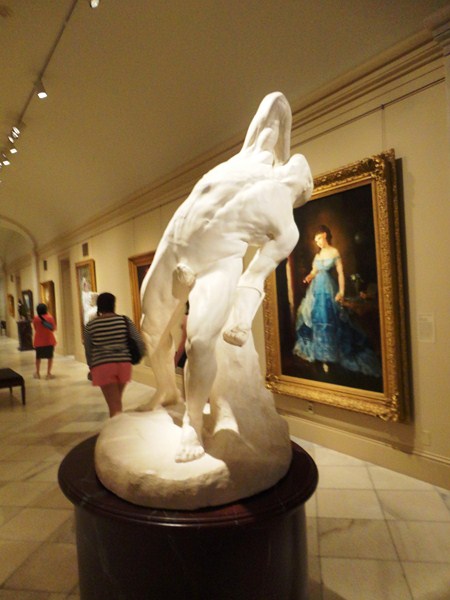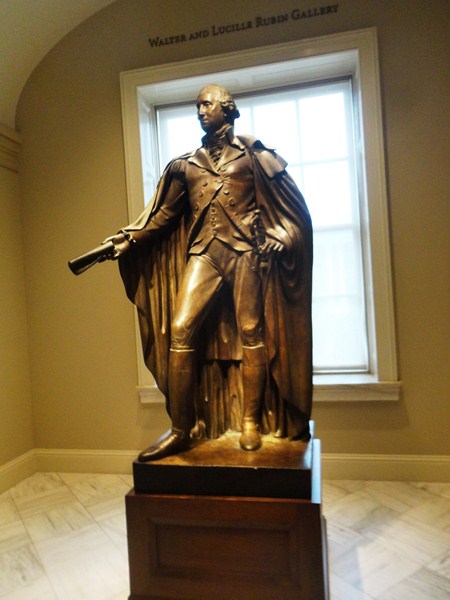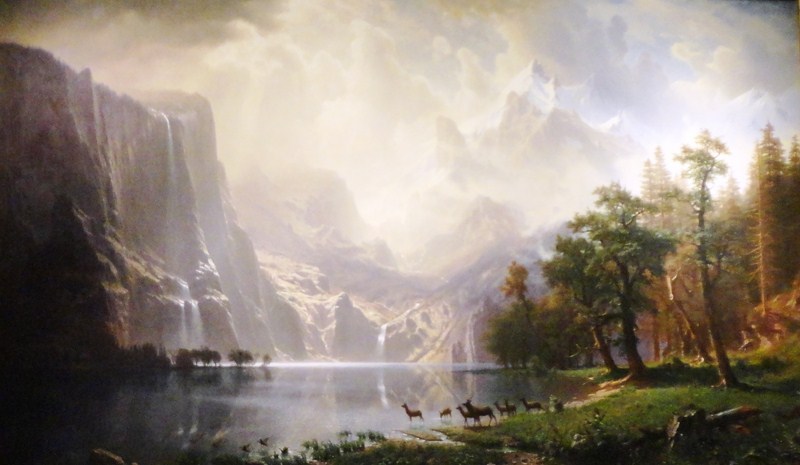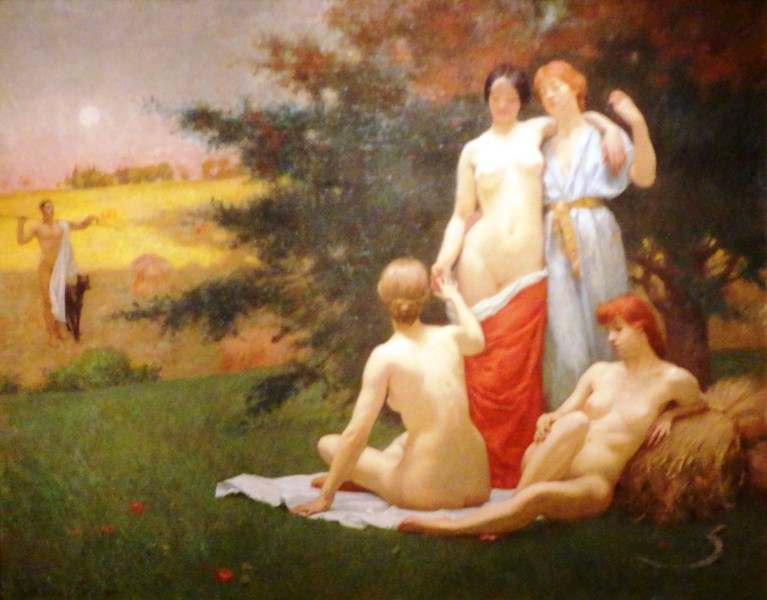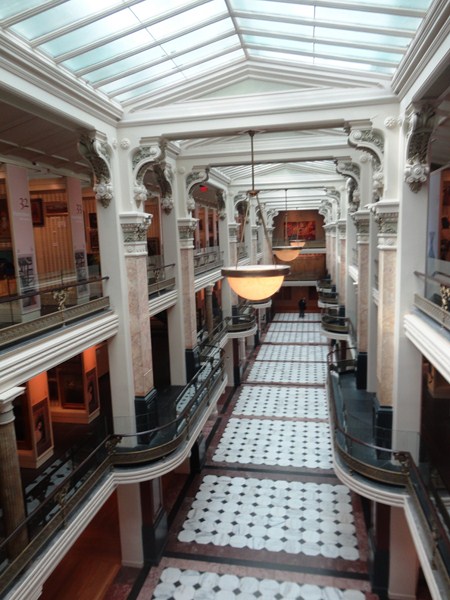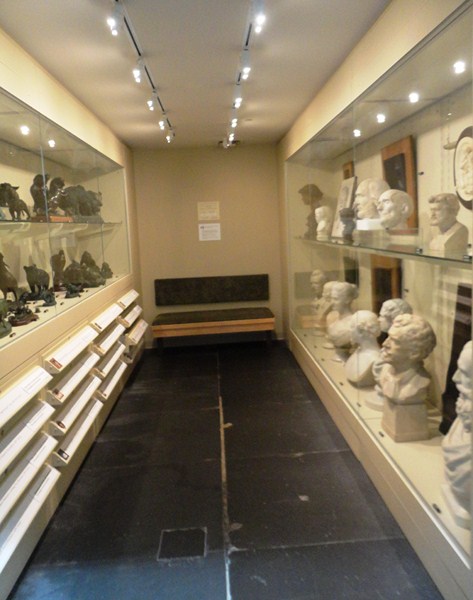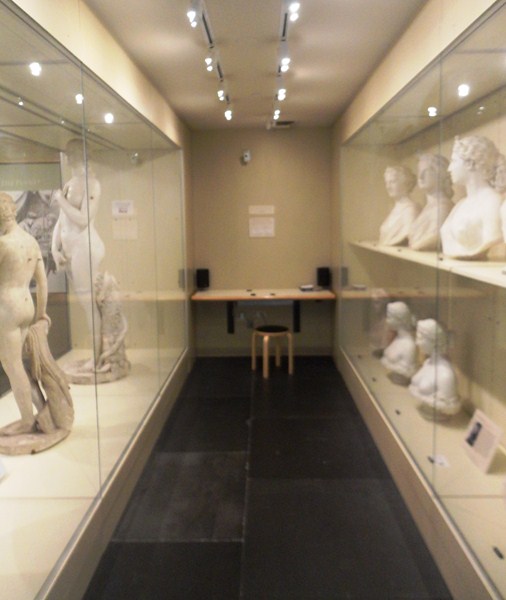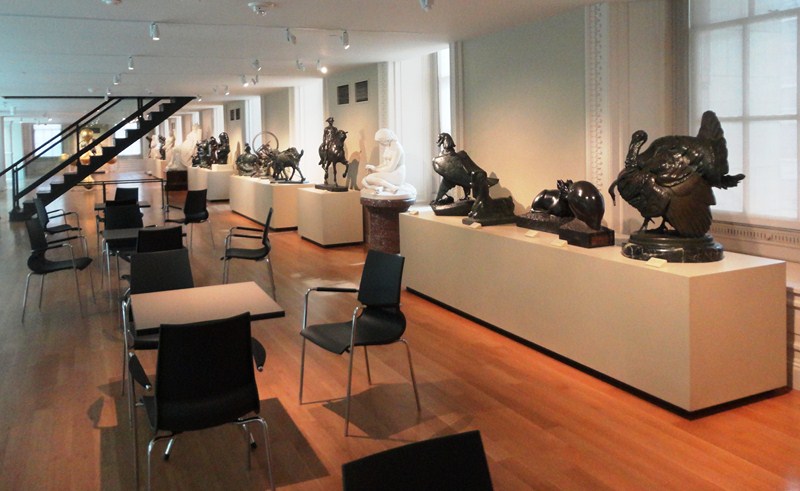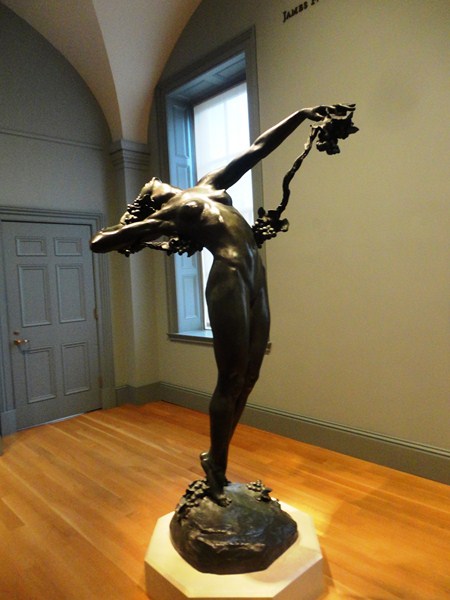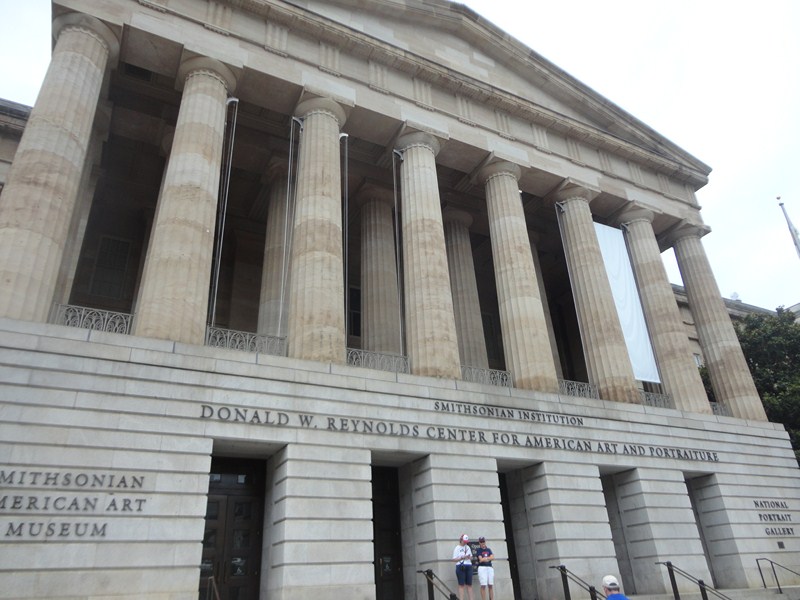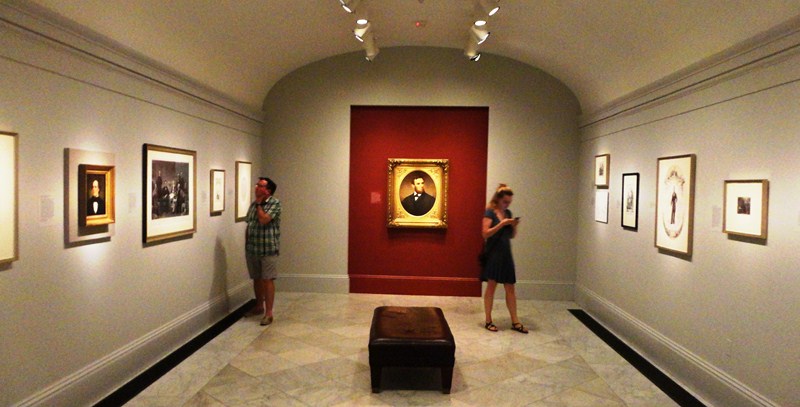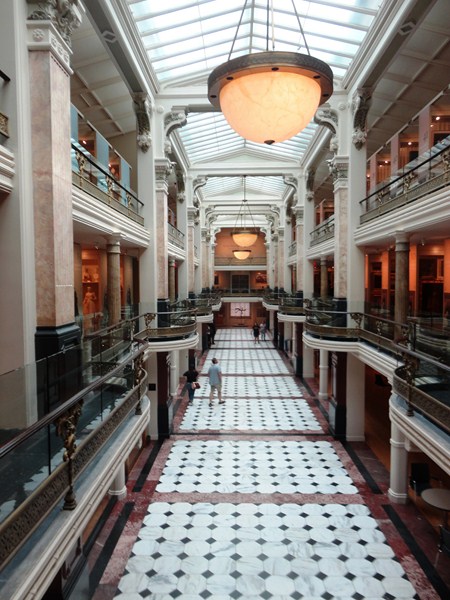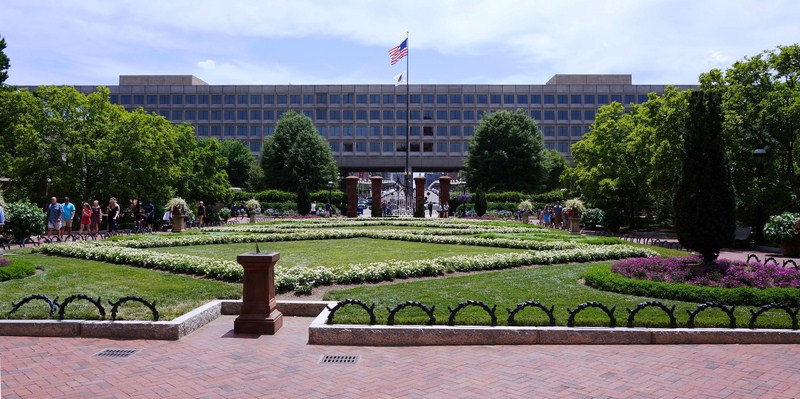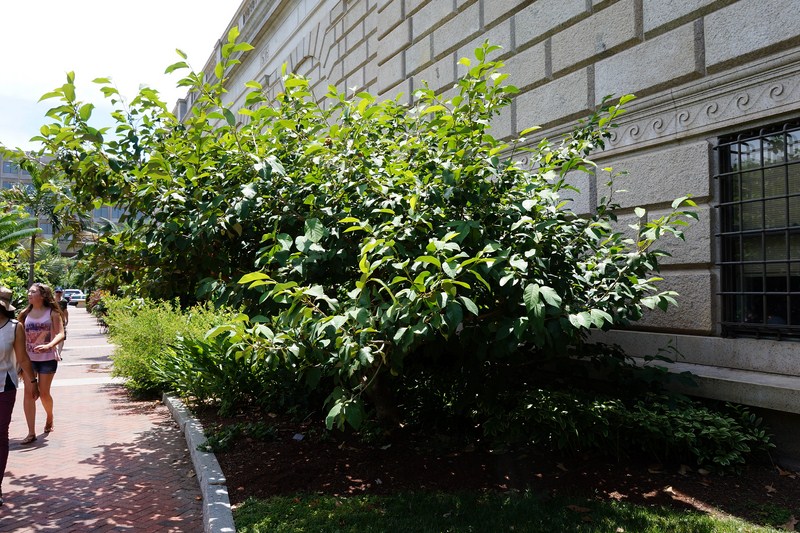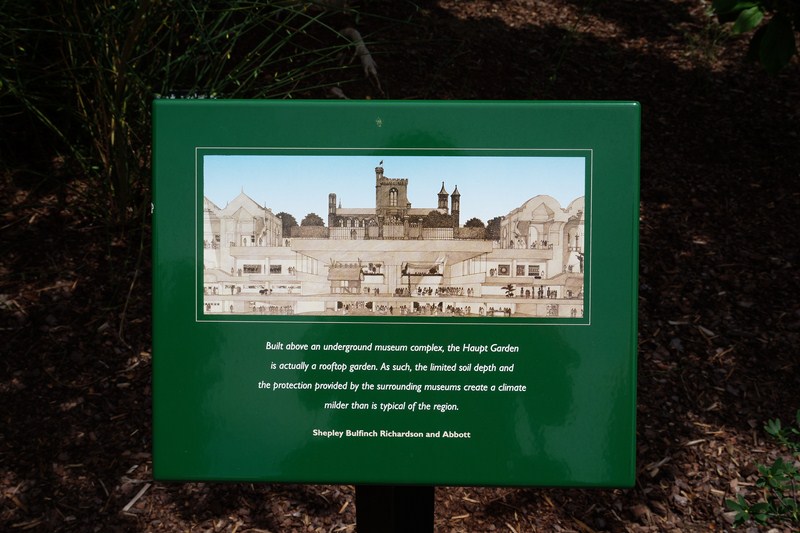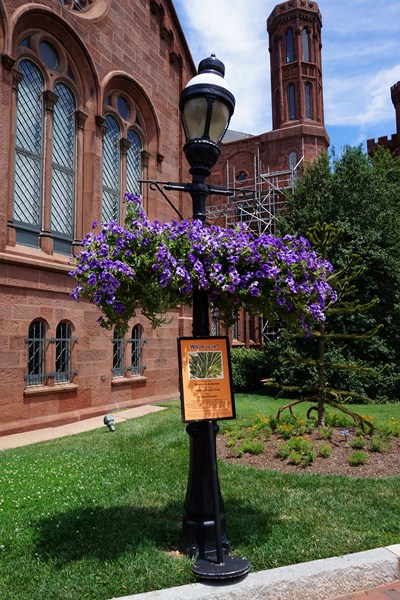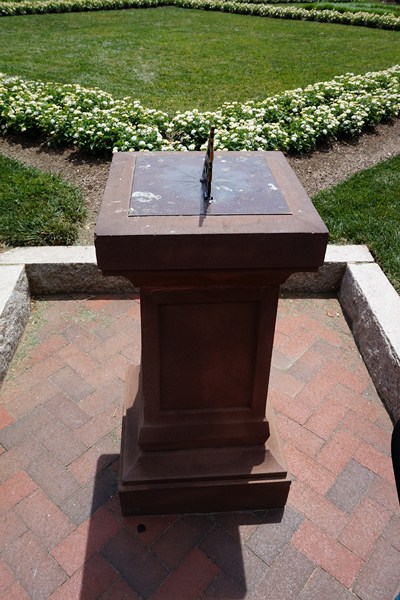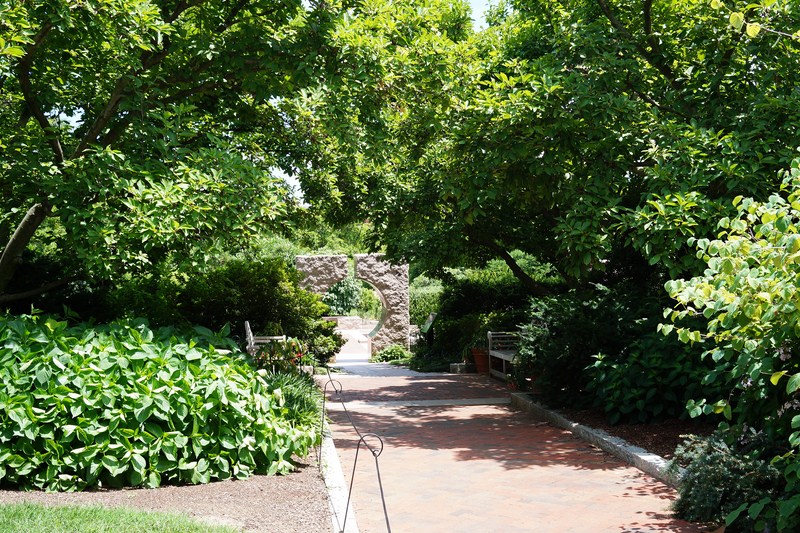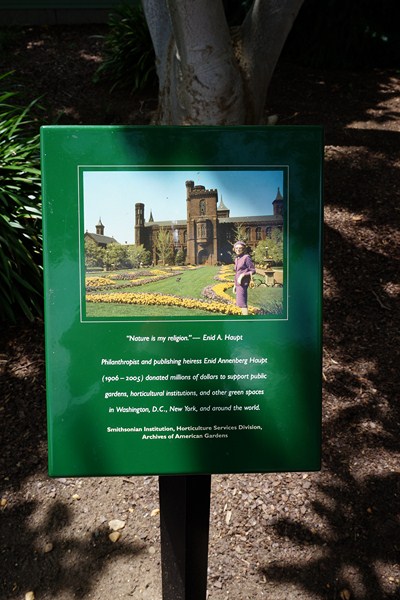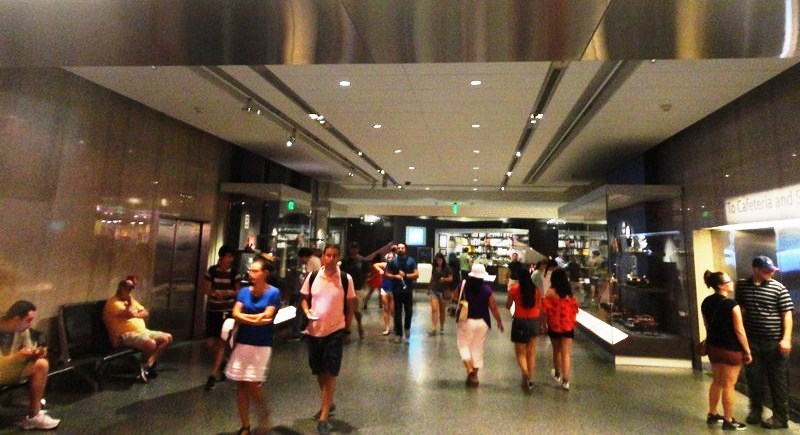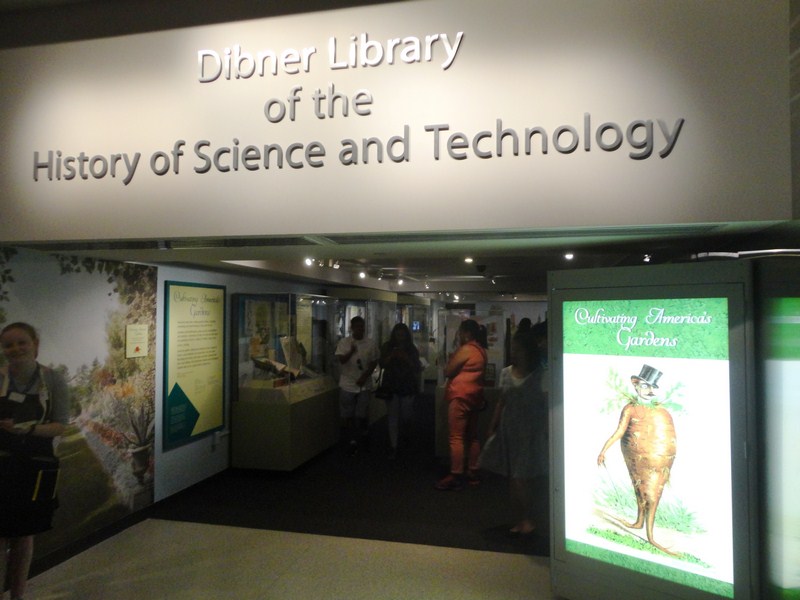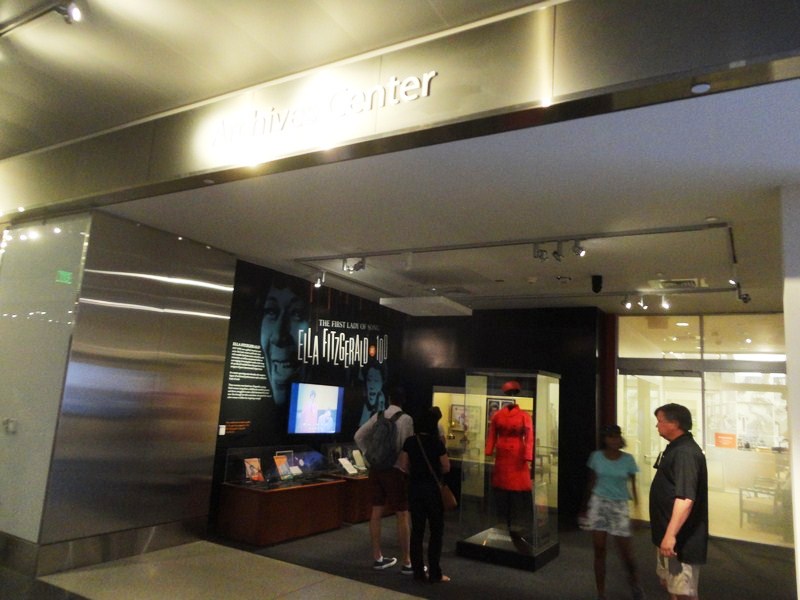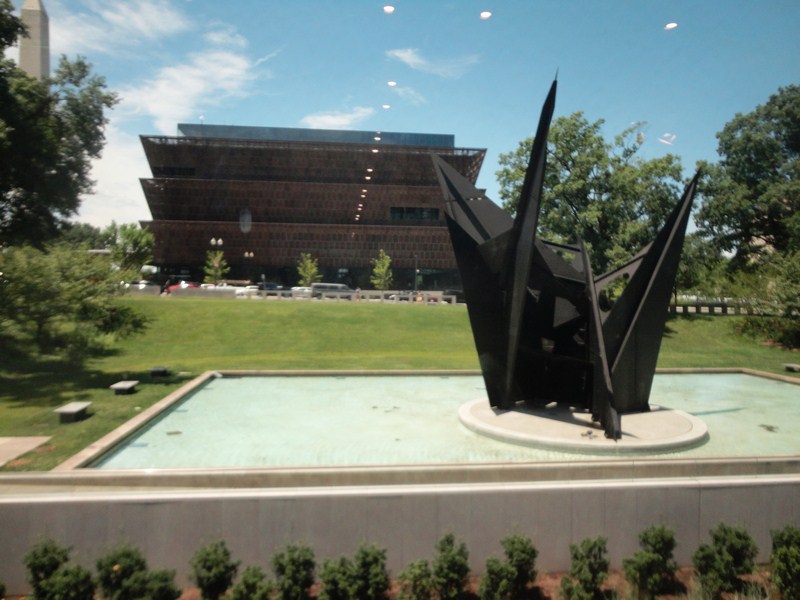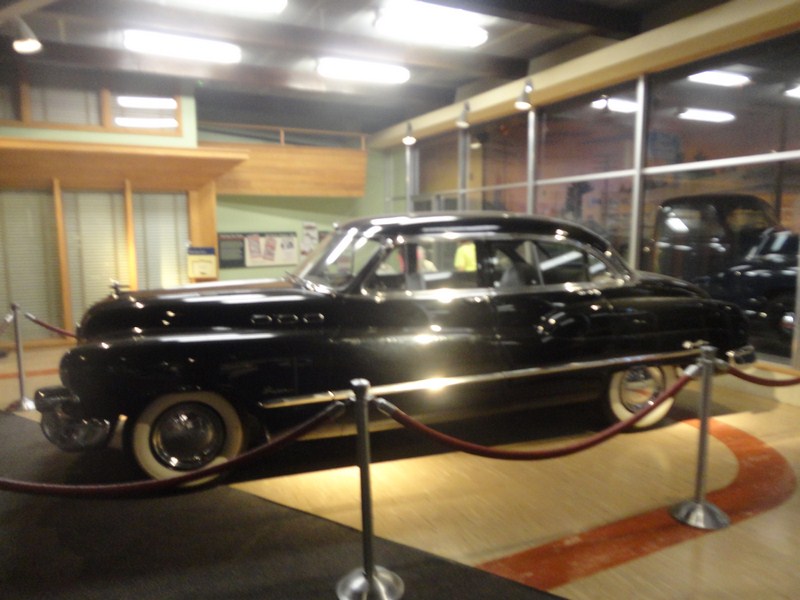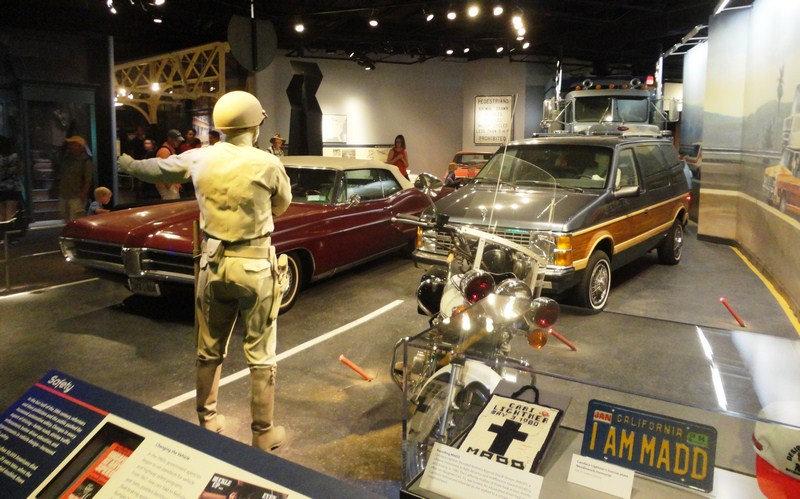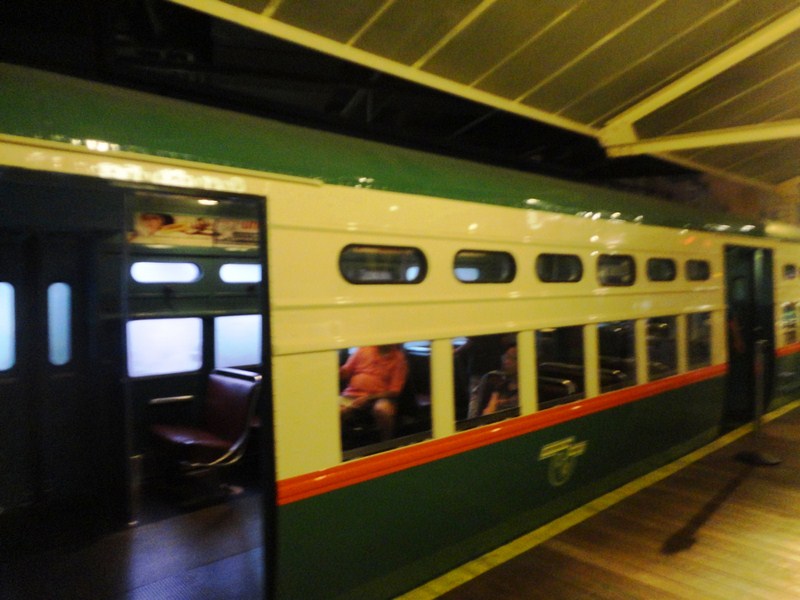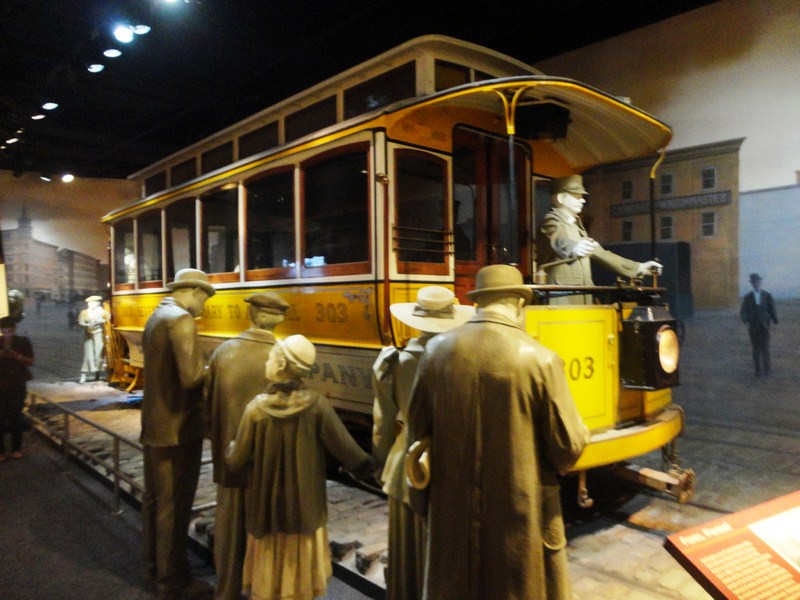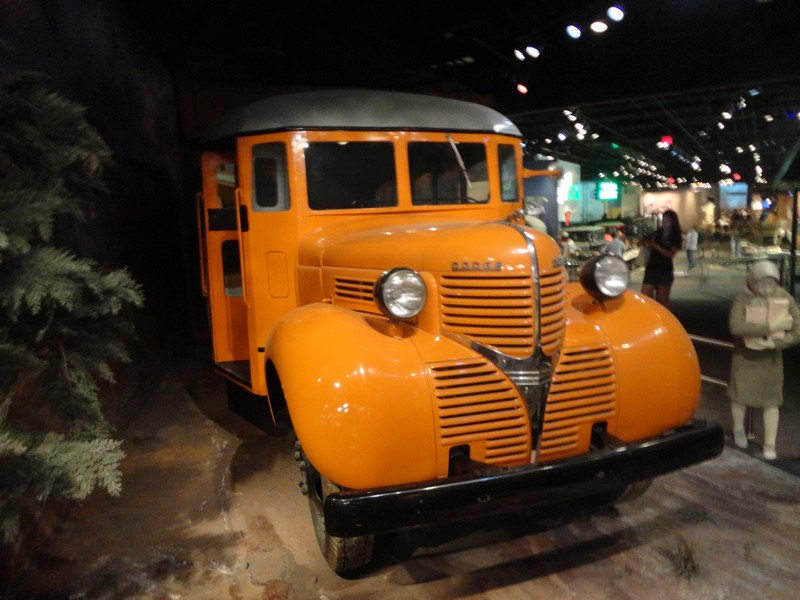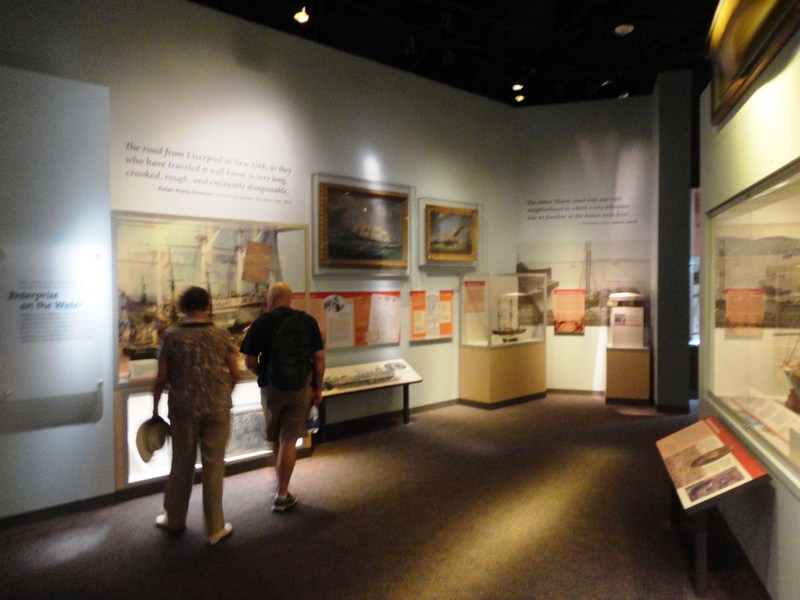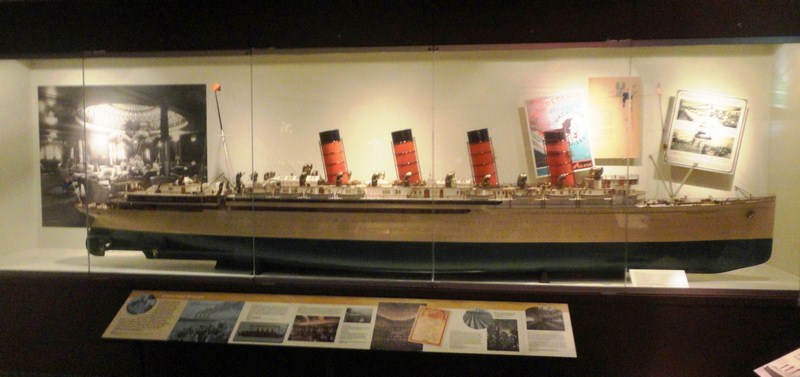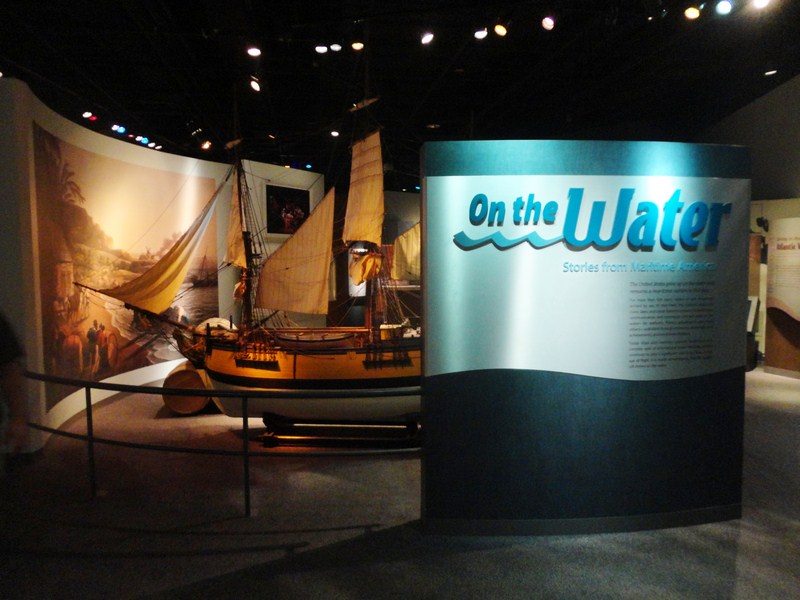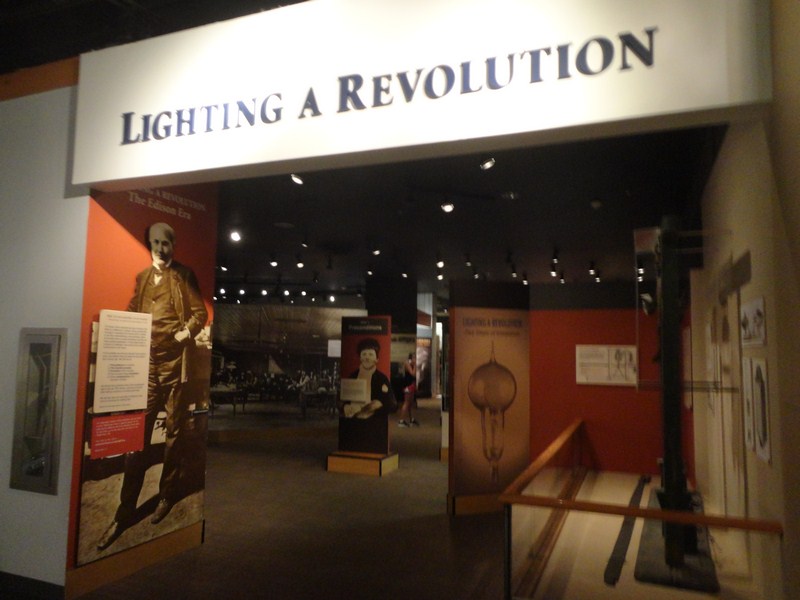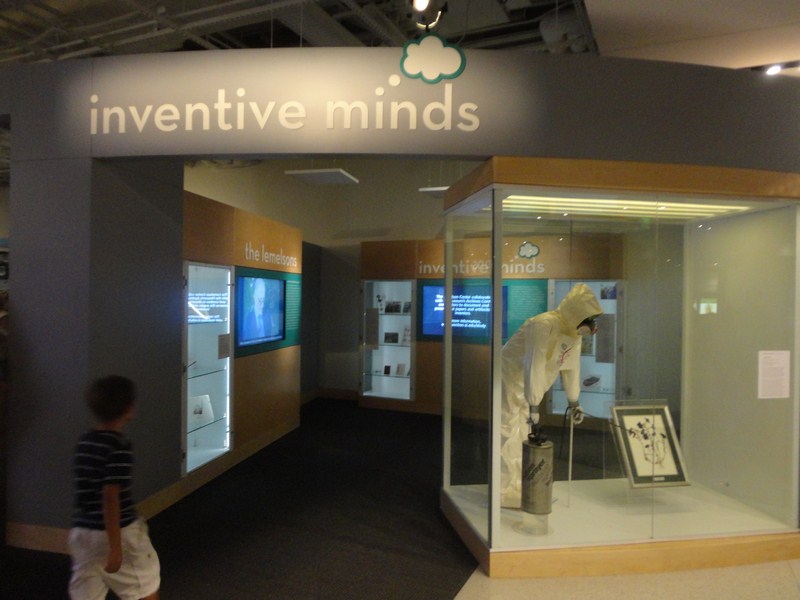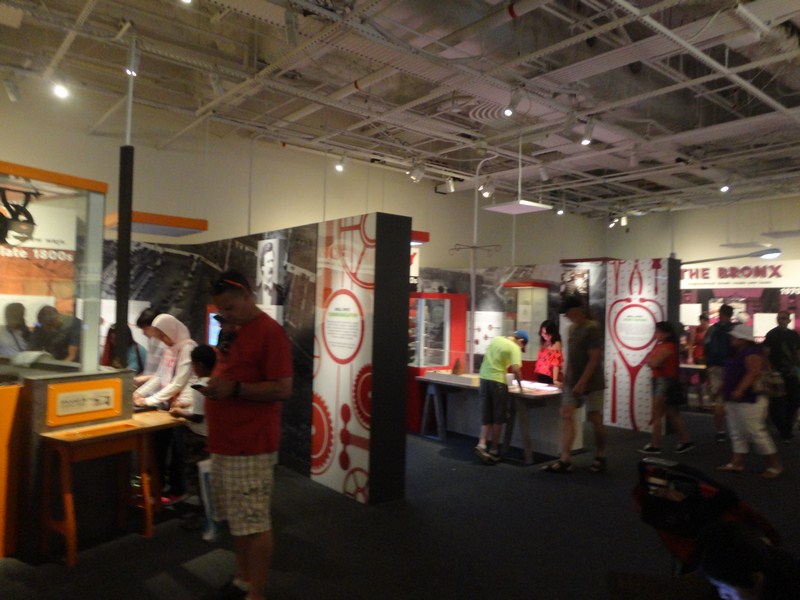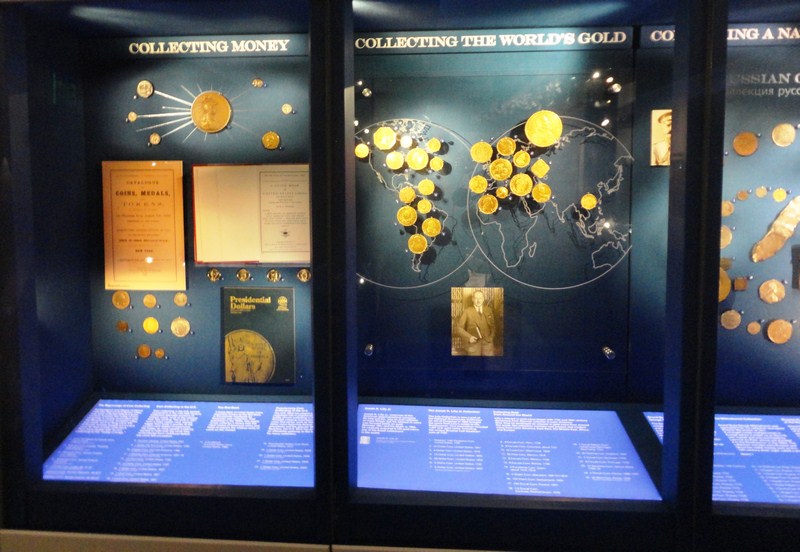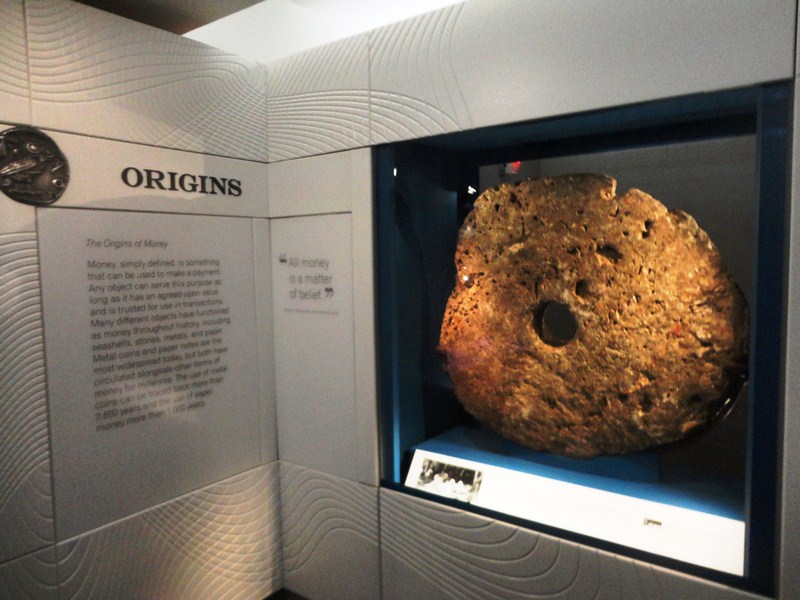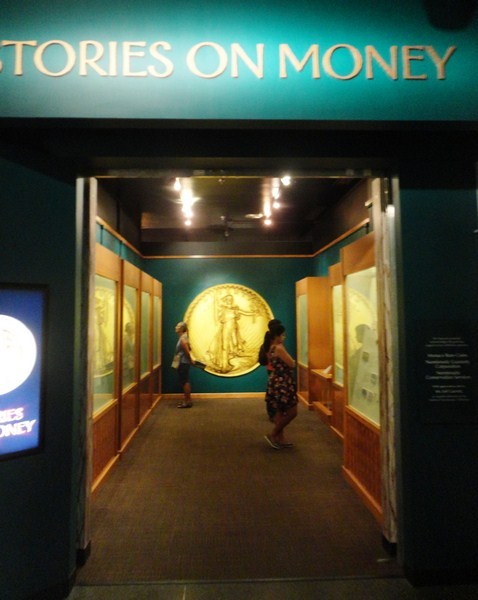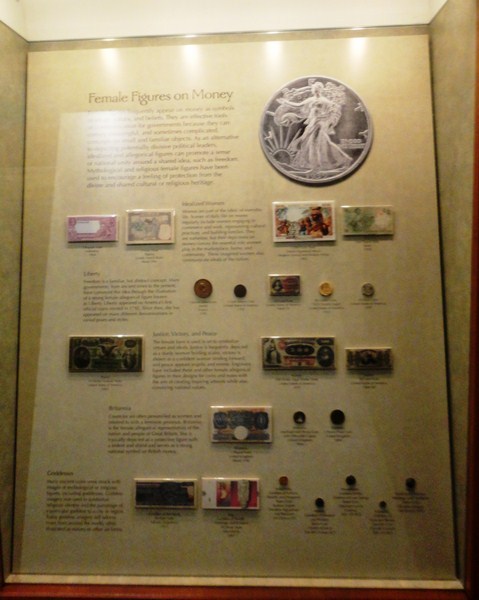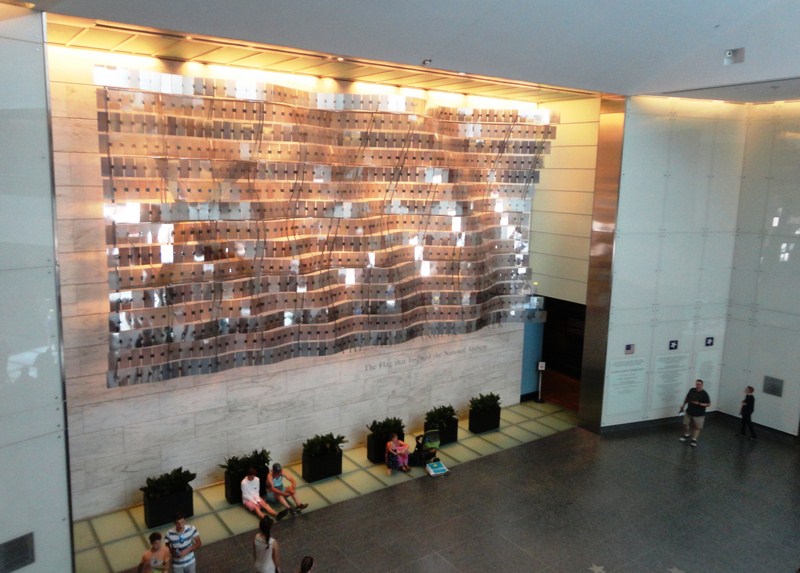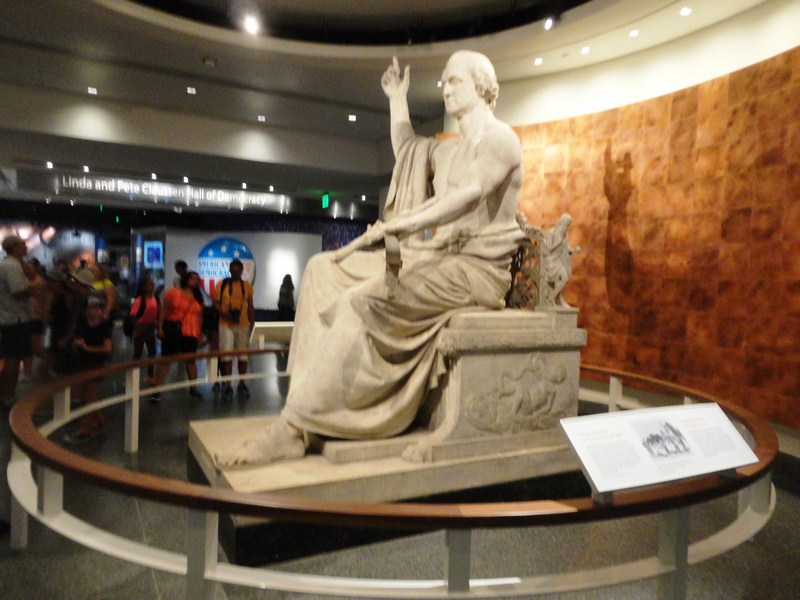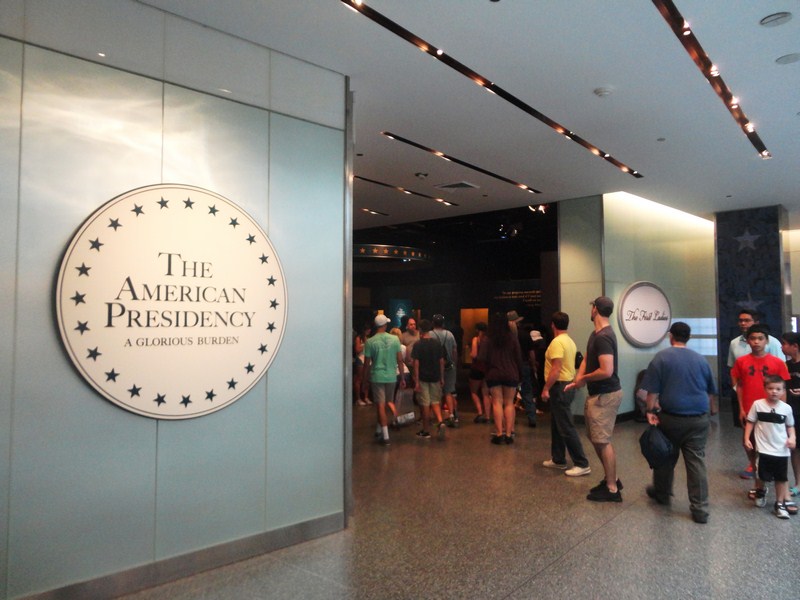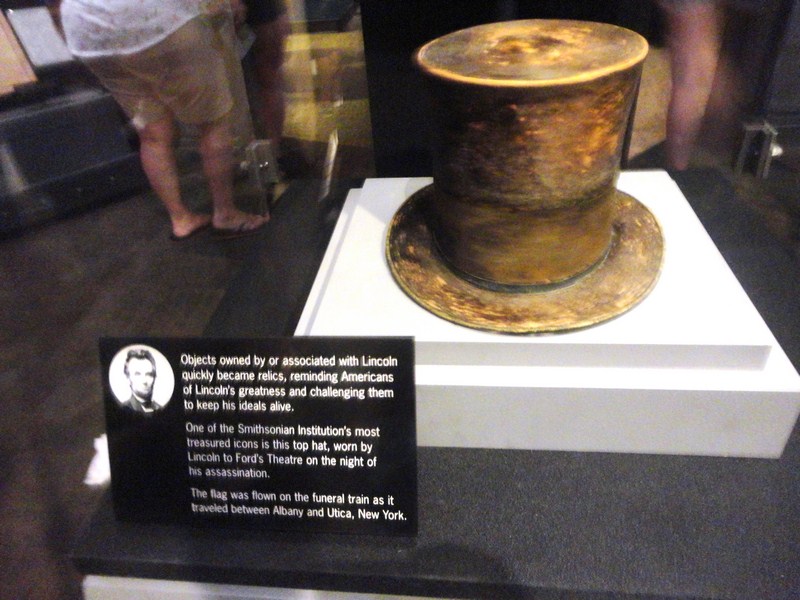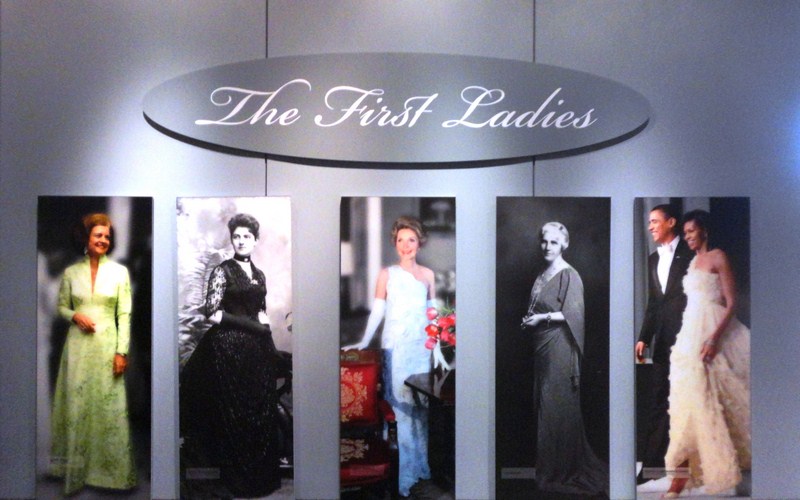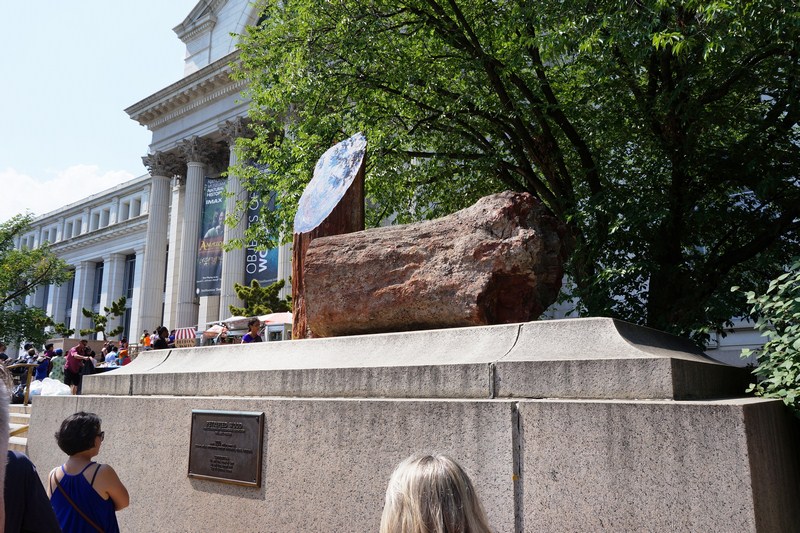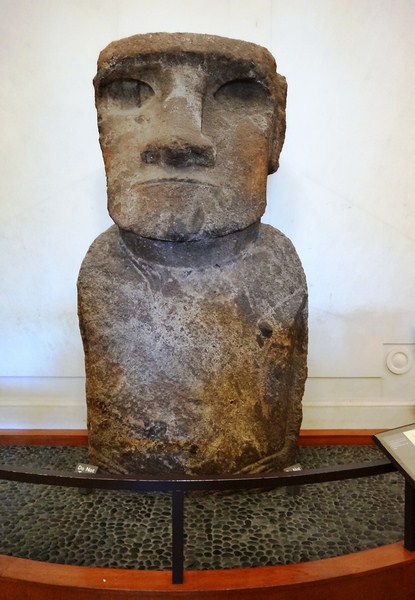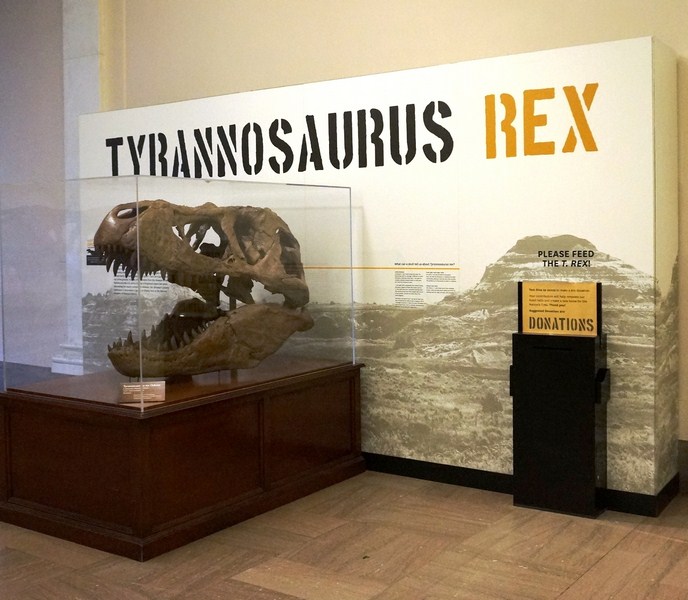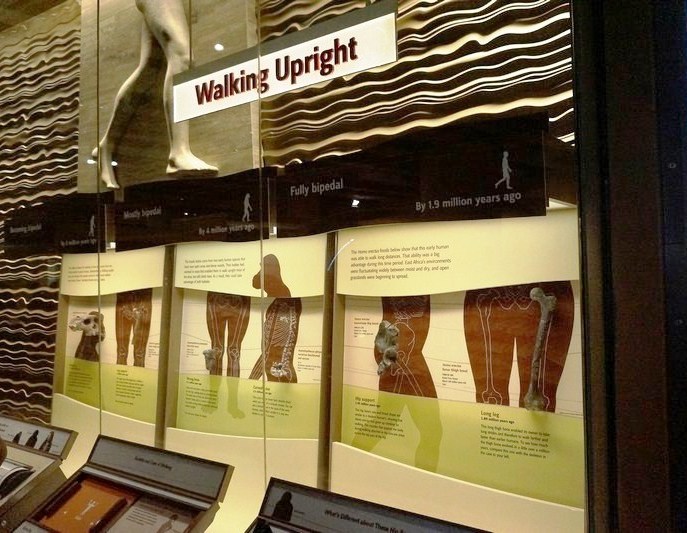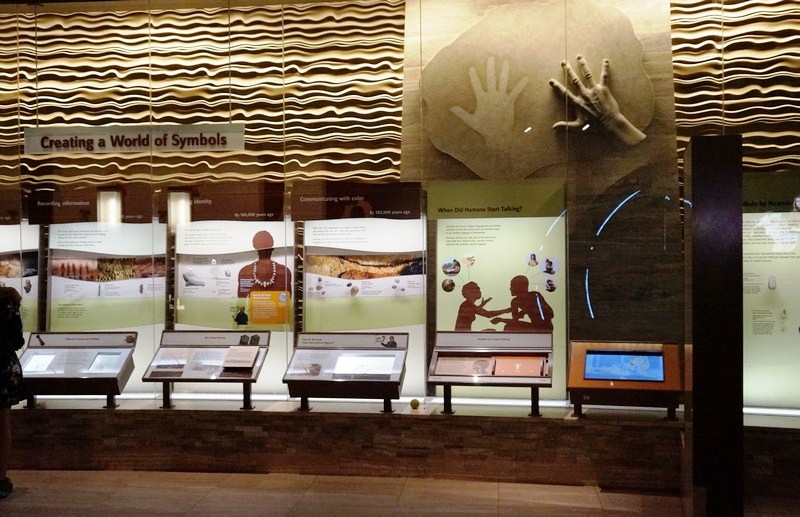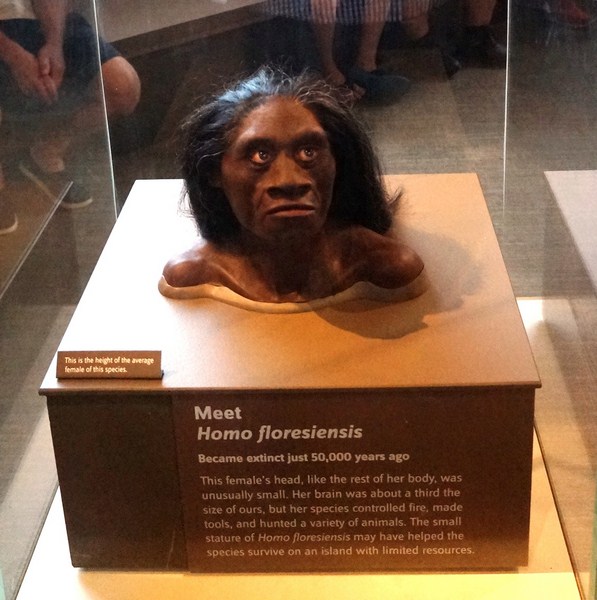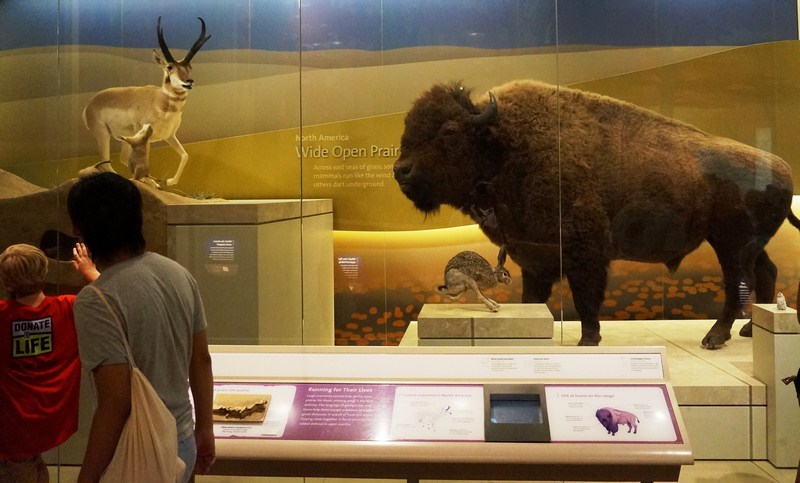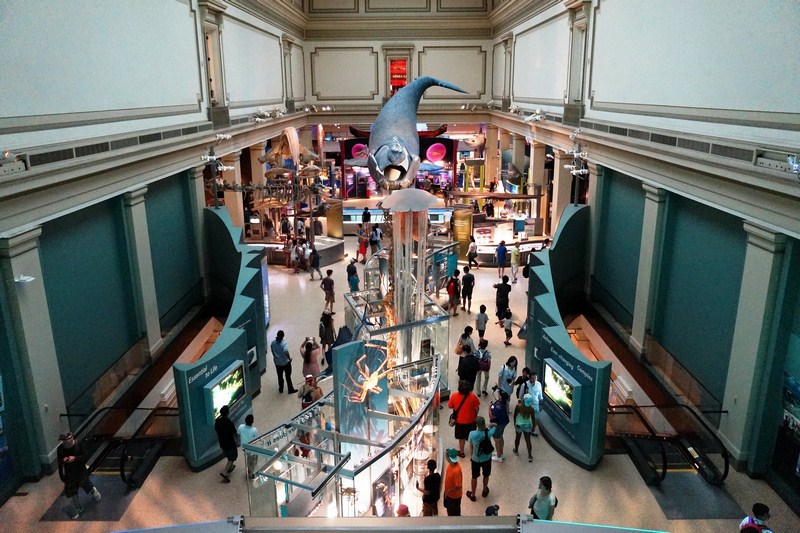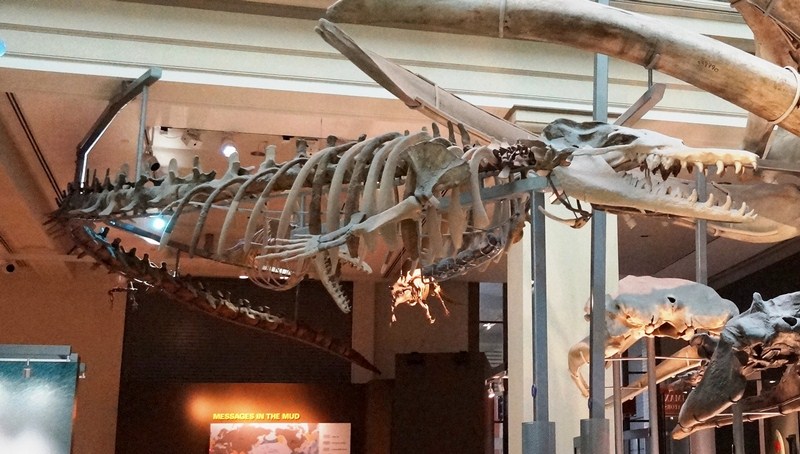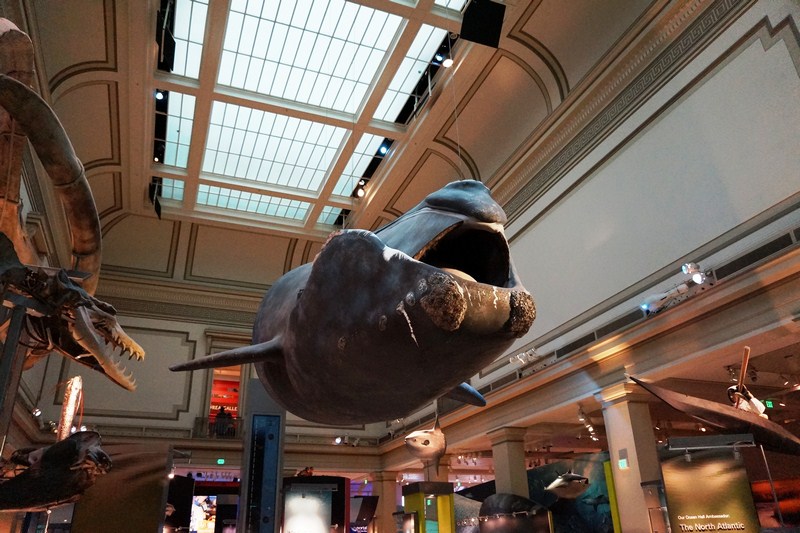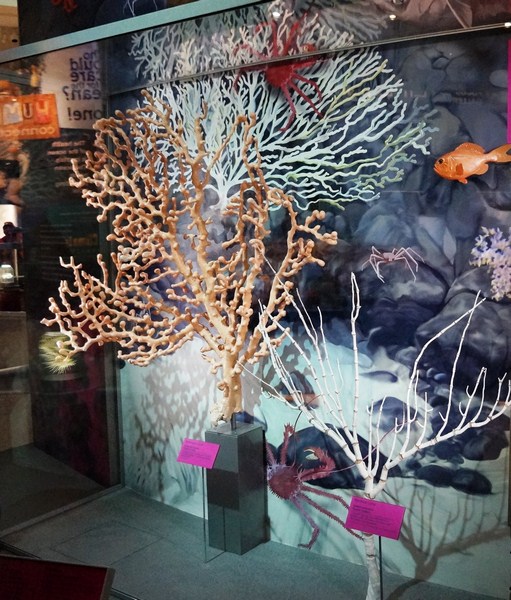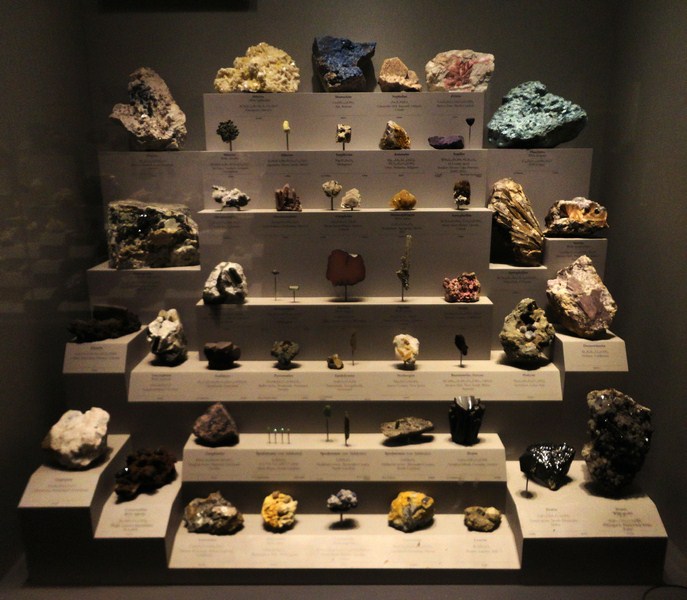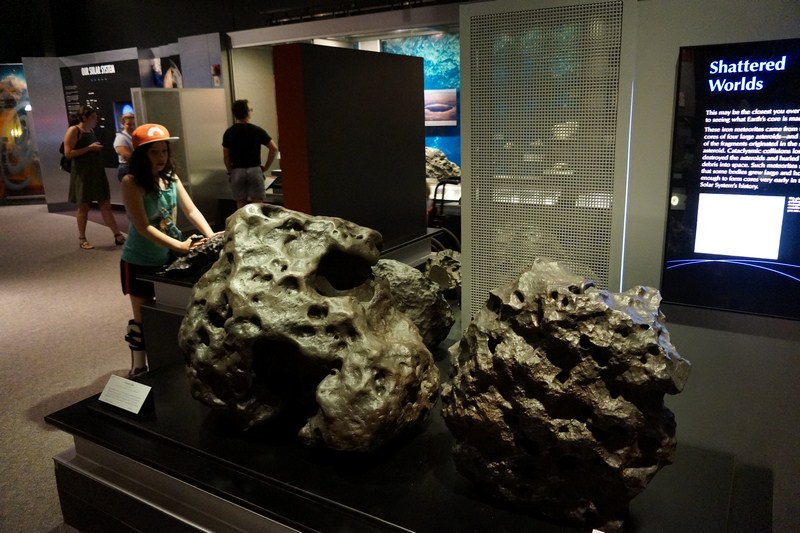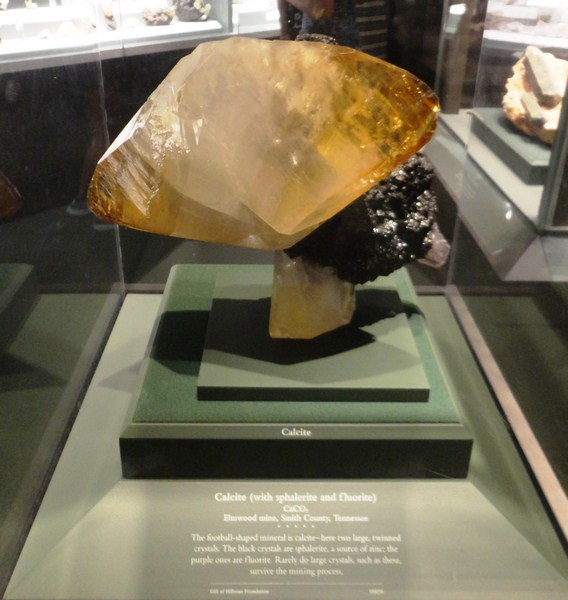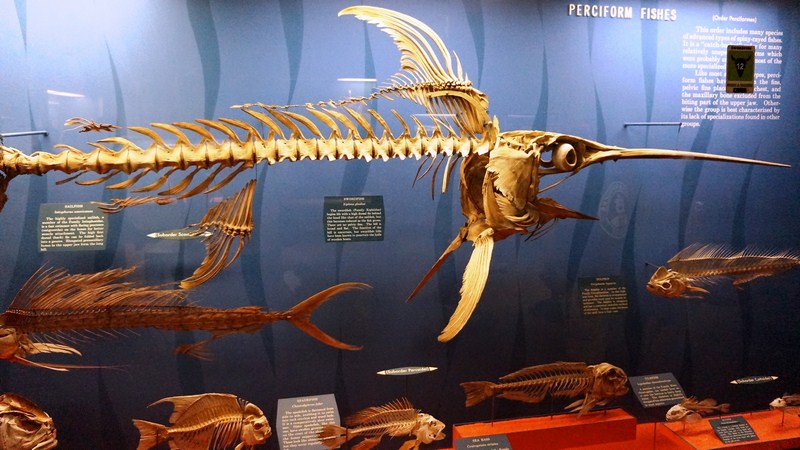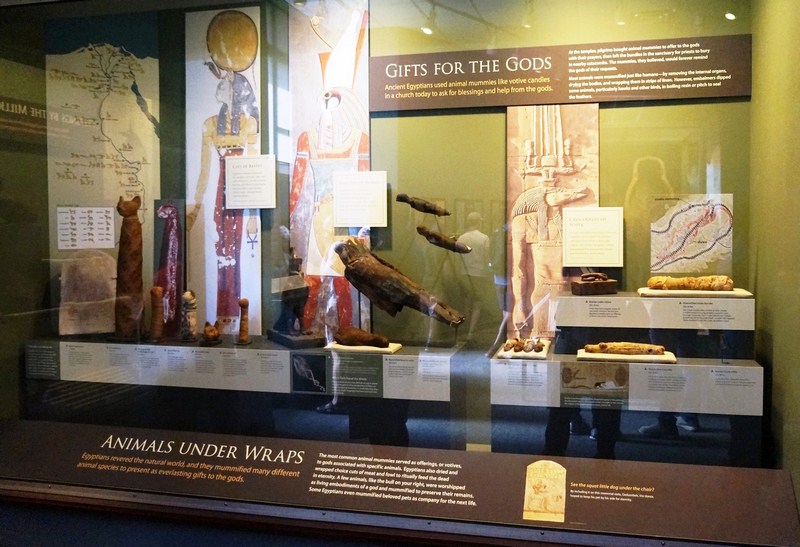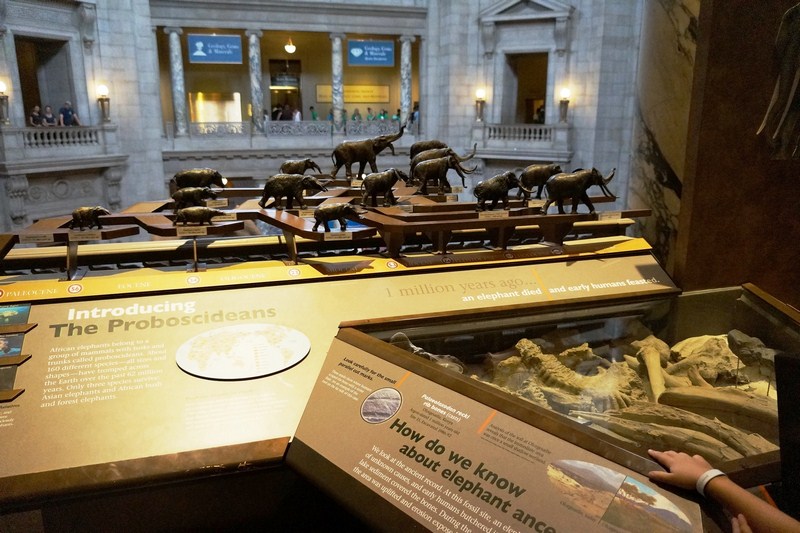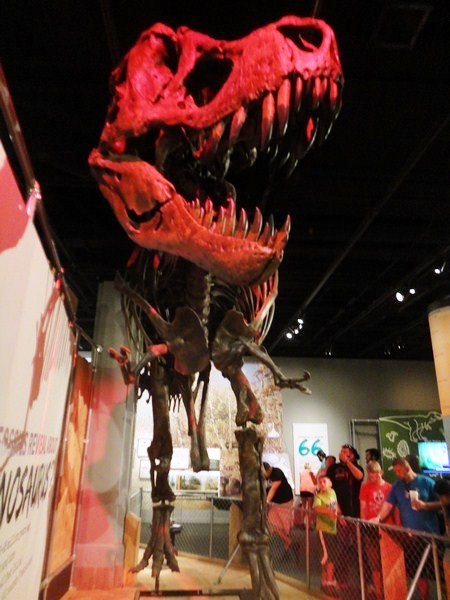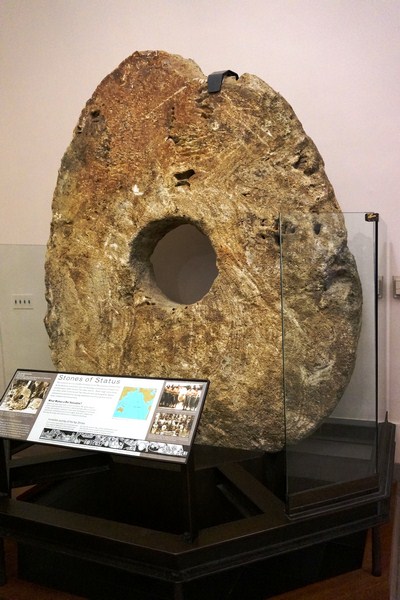The large Boston Public Garden (also known as Public Garden), adjacent to Boston Common, is the first public botanical garden in America. A part of the Emerald Necklace system of parks (a long string of parks designed by Frederick Law Olmsted), it is bounded by Charles Street (which divides the Public Garden from Boston Common) to the east, Beacon Street (where it faces Beacon Hill) to the north, Arlington Street and Back Bay to the west, and Boylston Street to the south. Connecting the Public Garden with the rest of the Emerald Necklace is the greenway, a strip of park that runs west down the center of Commonwealth Avenue towards the Back Bay Fens and the Muddy River.
Check out “Boston Common“
The Public Garden was established in 1837, when philanthropist Horace Gray petitioned for the use of land as the first public botanical garden in the United States. In October 1859, after submitting the detailed plan for the Garden to the Committee on the Common and Public Squares, Alderman Crane received approval and construction began quickly on the property. The pond was finished that year and, in 1862, the wrought iron fence surrounding the perimeter was erected. George F. Meacham designed the 97,000 m2 (24-acre) landscape while city engineer, James Slade, and the forester, John Galvin laid out the paths and flower beds. Many of fountains and statues for the garden were erected in the late 1860s.
On January 6, 1913, the garden, along with the Boston Common, were placed by the City Council under the direct management of the Public Grounds Department of the city. the Mayor’s Office, The Parks Department of the City of Boston and the non-profit Friends of the Public Garden jointly manages the Public Garden. In 1977, it was designated a Boston Landmark by the Boston Landmarks Commission and, on February 27, 1987, was declared a National Historic Landmark.
The Public Garden, rectangular in shape, designed in the style of an English landscape garden, mostly flat and varying in elevation by less than five feet, contains a pond, a bridge crossing over the pond, winding and asymmetrical pathways and a large series of formal plantings that vary from season to season and are maintained by the city and others.
The garden is planted with a wide assortment of native and introduced trees. Weeping willows are found around the shore of the lagoon while European and American elms line the garden’s pathways, along with horse chestnuts, dawn redwoods, European beeches, ginkgo trees and one California redwood. Permanent flower planted in the garden include numerous varieties of roses, bulbs, and flowering shrubs. Throughout the year, the beds flanking the central pathway are replanted on a rotating schedule, with different flowers for each season from mid-spring through early autumn. The city operates 14 greenhouses at Franklin Park for the purpose of supplying plants.
During the warmer seasons, the 16,000 m2 (4-acre) pond is the home of a great many ducks, as well as of one or more swans (the current pair are female mute swans named Romeo and Juliet after the Shakespearian couple). The Swan Boats, which began operating in 1877, is a popular tourist attraction where, for a small fee, tourists can sit on a boat ornamented with a white swan at the rear.
A tour guide, sitting within the swan, pedals the boat around the pond. As the pond is no more than 3 feet deep at its deepest point, it easily freezes during the colder months. The north side of the pond has a small island, originally was a peninsula connected to the land but severed by John Galvin, the city forester, as the site became so popular with lovers.
The signature suspension bridge, over the middle of the pond, was designed by William G. Preston and opened in 1869. Before its conversion to a girder bridge in 1921, it was the world’s shortest functioning suspension bridge (the original suspension system is now merely decorative).
A flagpole, standing on the eastern side of the garden, close to Charles Street and just south of the main entrance there, has a circular granite bench was installed around it, with the work being done by the Friends of the Public Garden.
Maintained by the City of Boston, the city’s efforts are supplemented by the Friends of the Public Garden (also known as the Rose Brigade), a charitable organization that helped finance the repair of the Ether Monument in 2006. They also hire specialists to help care for the trees and bushes. Regularly, volunteers meet to prune and maintain bushes. Private sources (such as the Beacon Hill Garden Club) also provide financial support.
Throughout the Public Garden are several statues:
- The 16 ft. tall, bronze Equestrian Statue of George Washington, located at the Arlington Street gate and dominating the western entrance to the park facing Commonwealth Avenue, was designed and cast by Thomas Ball and unveiled on July 3, 1869. The statue stands upon a granite pedestal of 16 ft., for a total height of 38 ft.. Constructed entirely by Massachusetts artists and artisans, the statue was funded mostly by donations from local citizens.
- The William Ellery Channing Statue, at 28 Arlington Street at the southwest corner of the garden, stands across from the Arlington Street Church where Channing, the leading Unitarian minister of his day, ministered from 1803 until his death in 1842. Sculpted by Herbert Adams and given to the city by John Foster, a member of that church, the marble and granite statue went up in June 1903, the 100th anniversary of Channing’s birth.
- The Charles Sumner Statue, a bronze and granite statue of the fiery abolitionist senator from Massachusetts during the Civil War era, was designed by Thomas Ball (the same sculptor behind the Public Garden’s far more famous George Washington statue) and set up in 1878.
- The Tadeusz Kościuszko Statue, a bronze and granite statue of the Polish hero sculpted by artist Theo Alice Ruggles Kitson, went up in 1927 to commemorate the 150th anniversary Kosciuszko’s enlistment in the Continental Army as a colonel.
- The Thomas Cass Statue, a bronze and granite statue cast by Richard Edwin Brooks in 1899, depicts this Irish immigrant who rose to the rank of colonel in the U.S. Army and commander of the 9th Regiment Massachusetts Volunteer Infantry during the Civil War and would die in Boston of wounds sustained in Virginia in 1862.
- The Edward Everett Hale Statue of Bela Pratt, a bronze and granite statue of the clergyman and journalist sculpted by Bela Lyon Pratt (whose uncle was Edward Everett, namesake of the Boston suburb, and whose granduncle was Nathan Hale) at the east gate on Charles Street, was erected and presented to the city on May 22, 1913.
- The Wendell Phillips Statue, a granite and stone depiction of abolitionist orator and lawyer along the south walk in the park, was sculpted by Daniel Chester French (best-known for sculpting the statue of Abraham Lincoln in the Lincoln Memorial in D.C.) and erected in 1915. Mayor John F. Fitzgerald appropriated funds of $20,000 for the statue.
- Learning, Religion, and Industry, three bronze and granite sculptures right between the Boston Common Visitors Center and Tremont Street, were erected in 1961 to honor Boston philanthropist George Francis Parkman Jr.. The trio was sculpted by Arcangelo Cascieri and Adio diBiccari.
- Triton Babies Fountain, created by Anna Coleman Ladd on the east side of the garden, is the first statue in the Garden that was made by a woman. Acquired by the garden in 1927, some people think the children are a boy and girl. However, they are, in fact, her two daughters.
- Make Way for Ducklings, located between the pond and the Charles and Beacon streets entrance, are a set of bronze statues by Nancy Schön, dating from 1987 and based on the main characters from the children’s story .
The Marquis de Lafayette Plaque, at 5 Temple Place just back from where Tremont Street meets Temple Place, honors the famed aide de camp to General Washington during the Revolution who tried to spur similar idealism in his native France. This bas-relief, designed by John Francis Paramino, went up in 1924 on the 100th anniversary of Lafayette’s 1824 visit. The plaque also commemorates the grand Lafayette Mall that used to run along that side of the Common. Opened in 1824 in honor of Lafayette’s visit to the city, it disappeared into present-day Tremont in the late 1890s to make way for the T.
The 30 ft. tall, granite and red marble Ether Monument, located towards the corner of Arlington and Beacon streets in the northwest corner of the garden, is the oldest monument in the garden. Commemorating the first use of ether as an anesthetic, it was designed by John Quincy Adams Ward and gifted to the city on June 27, 1868, by Thomas Lee. The statue’s carved figures tell the Parable of the Good Samaritan.
Daniel Chester French and Henry Bacon’s granite and bronze memorial fountain to the Boston philanthropist George Robert White entitled “The Angel of the Waters,” created in 1924, is located just north of the Ether Monument. The fountain, disabled in the 1980s, was repaired and restored 2016 by the Friends of the Public Garden at a cost of US$700,000.
“Boy and Bird,” a fountain on the west side of the garden, was made by Bashka Paeff, a Russian immigrant who did the model of it while she was working as a ticket taker at the Park Street Station of the MBTA. A Japanese garden lantern, dating from 1587 (one of the oldest lanterns of its kind in existence) and installed at the edge of the pond in 1906, was gifted to Boston by Bunkio Matsuki. Made of cast iron, it was originally in the garden of the Momoya Palace at Kyoto.
The memorial to the 206 people from Massachusetts who died in the September 11, 2001, terrorist attacks, designed by Victor Walker and dedicated in July 2004, is located just inside the Public Garden, at the corner of Arlington and Newbury streets. A plaque honoring United States Marine Lt. Michael P. Quinn, of Charlestown, killed in action in Vietnam on August 29, 1969, is located at the beginning of the bridge by the steps leading to the Swan Boats. It was dedicated in 1986 by the committee members of the Michael P. Quinn Scholarship Fund on Patriots Day.
Boston Public Garden: 4 Charles St., Boston 02116 Massachusetts.

